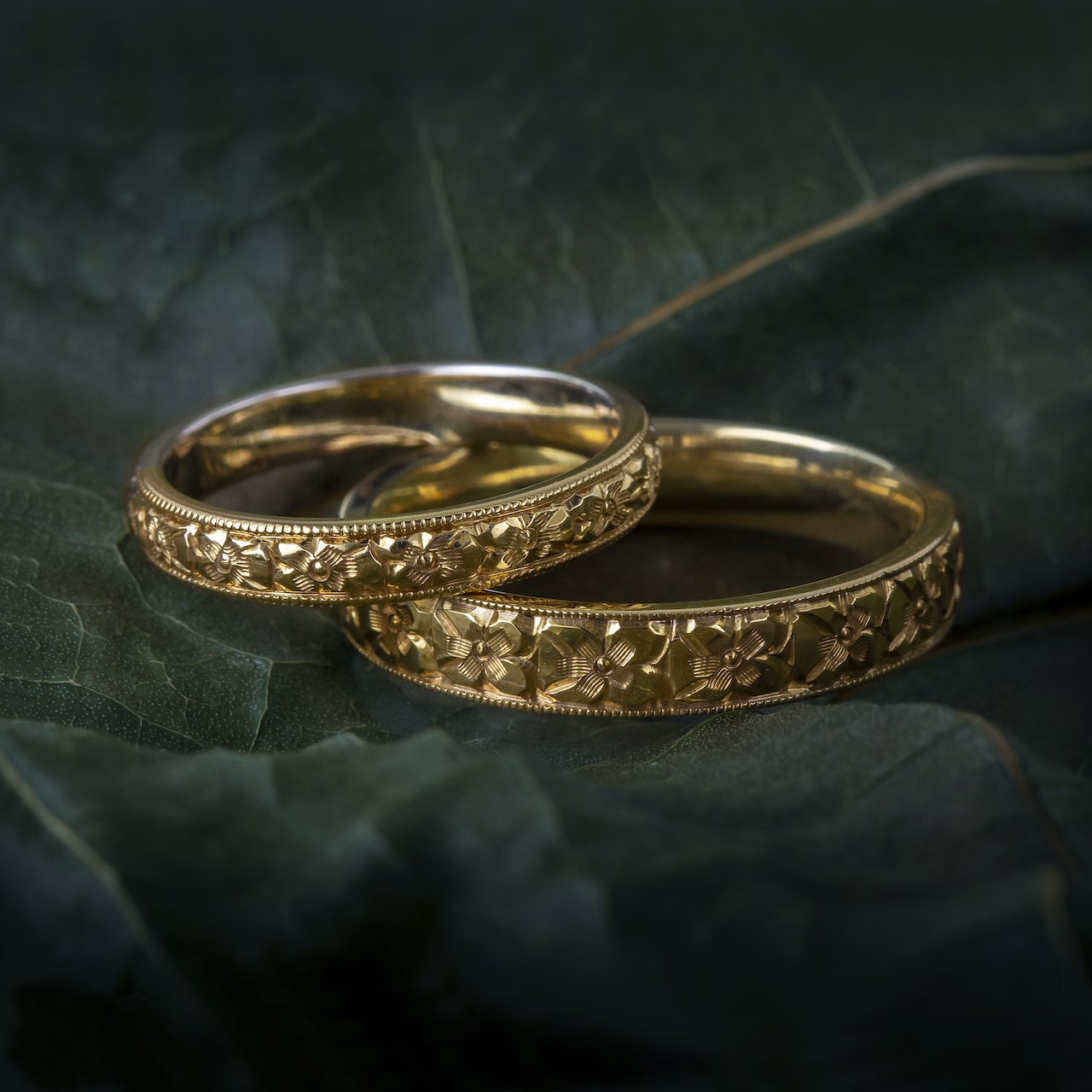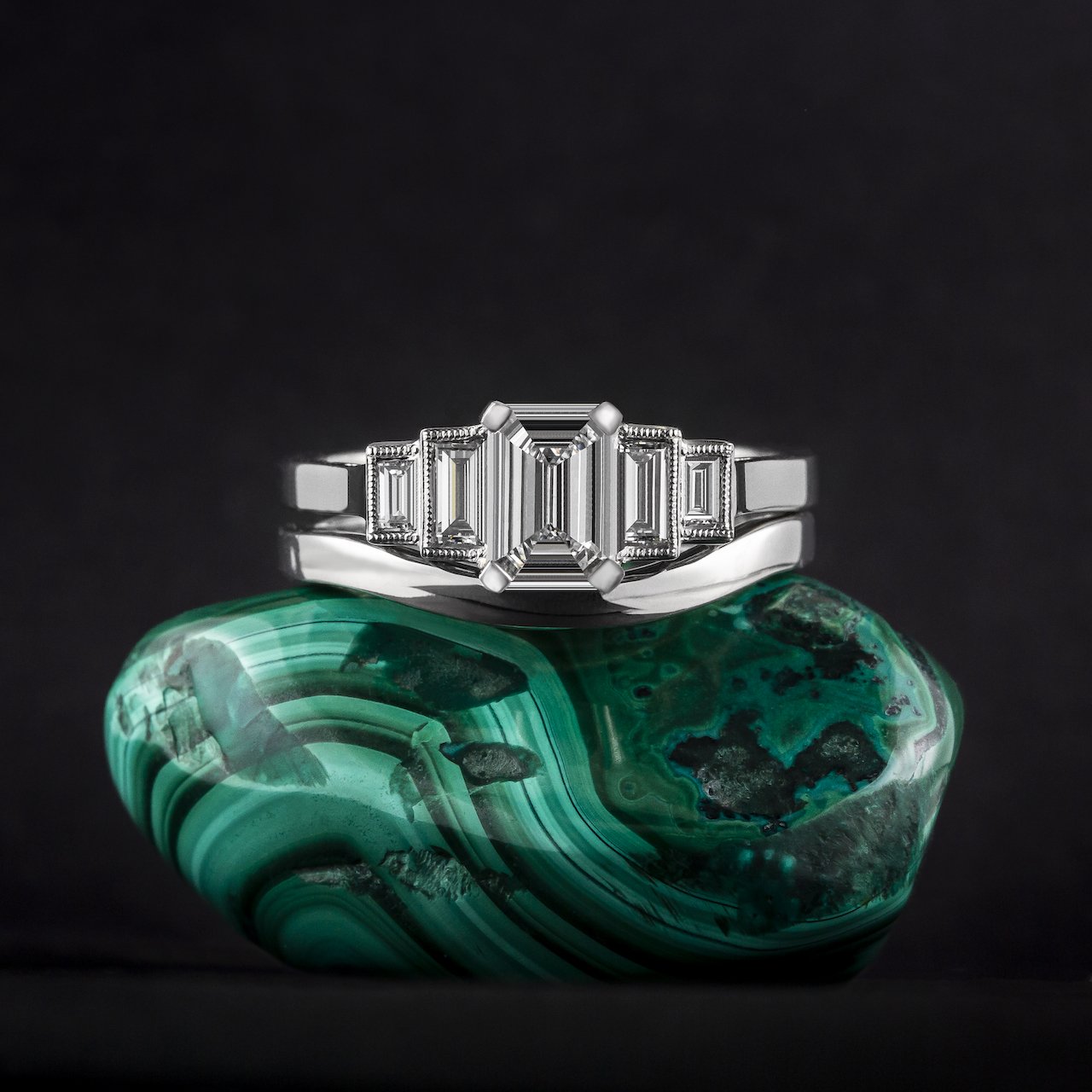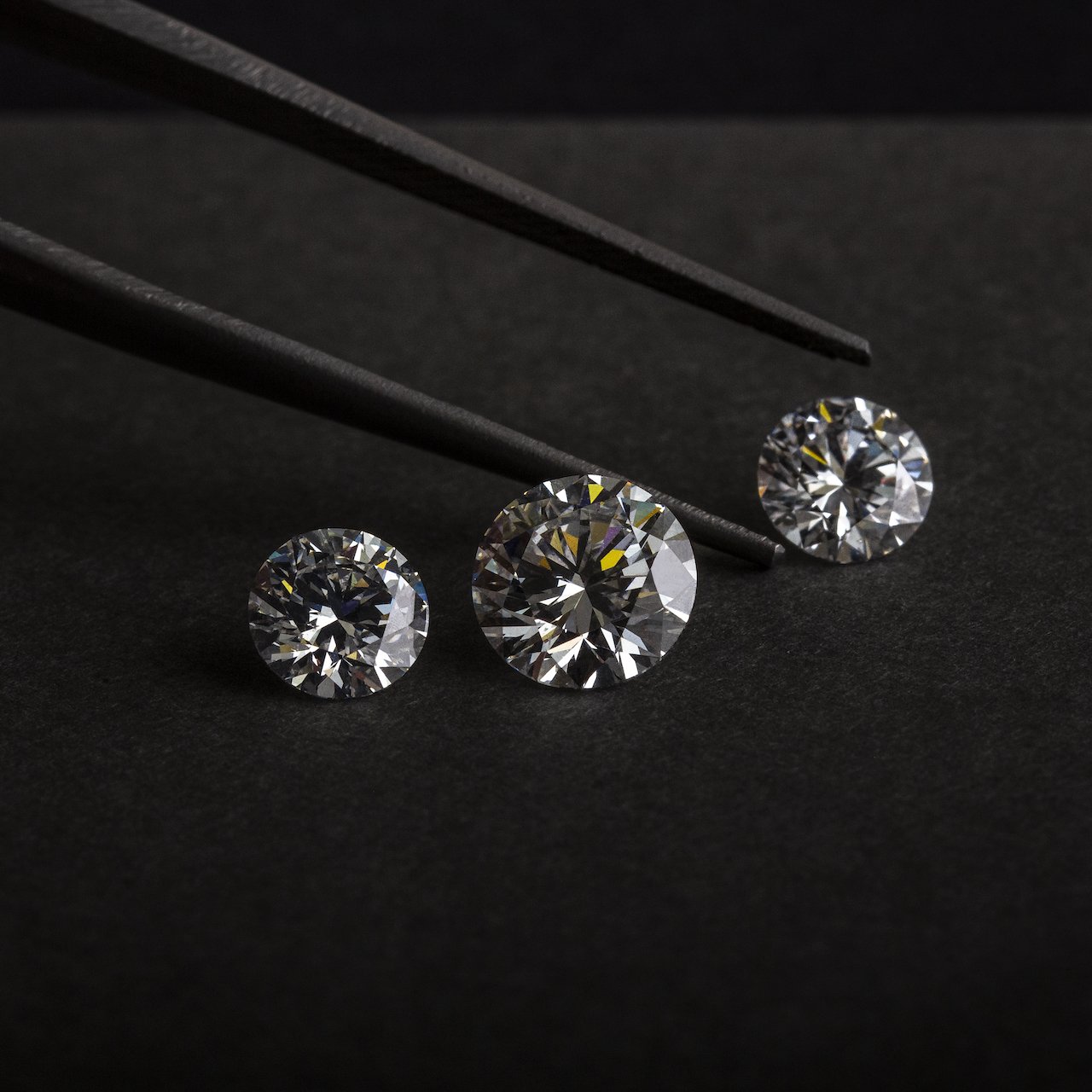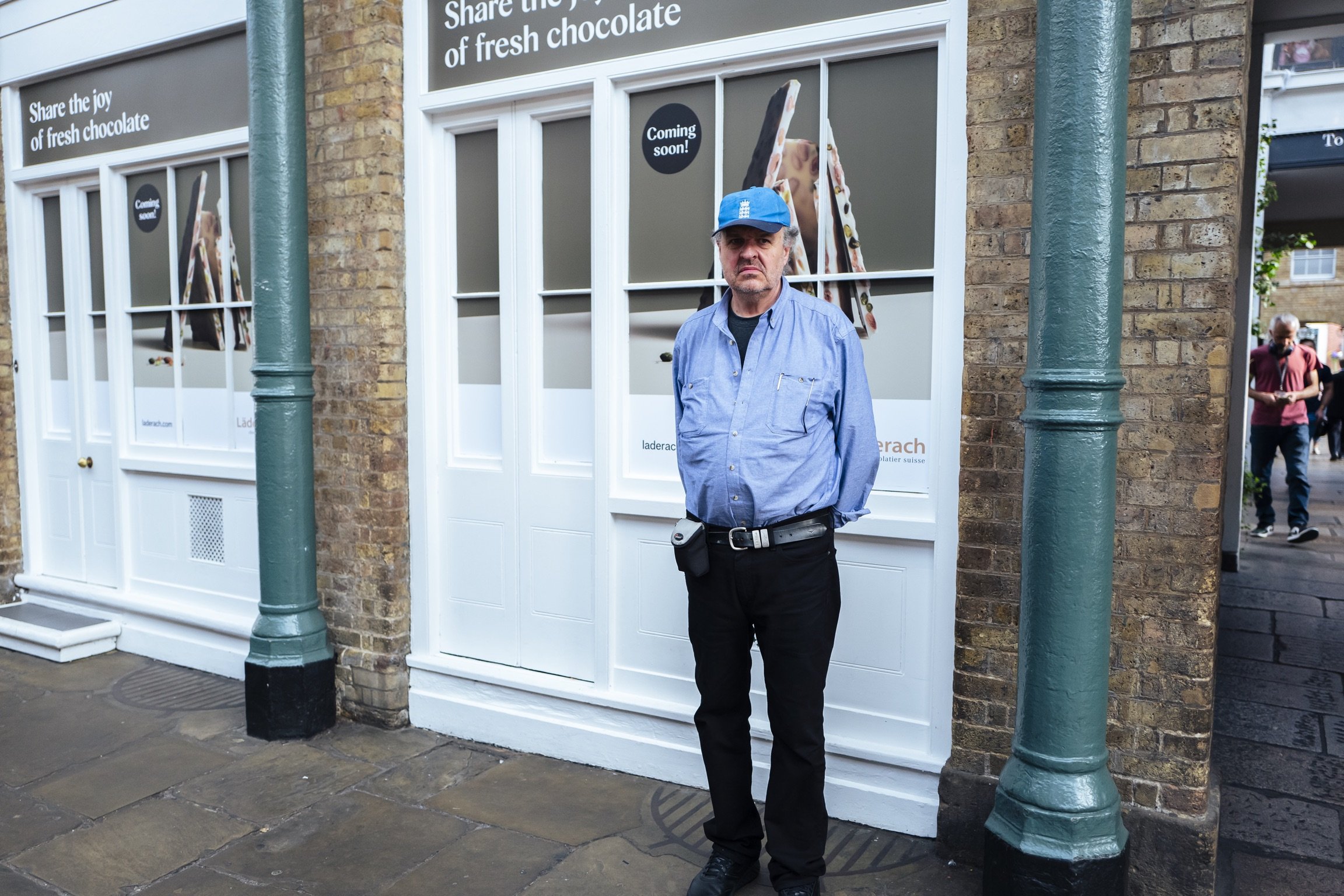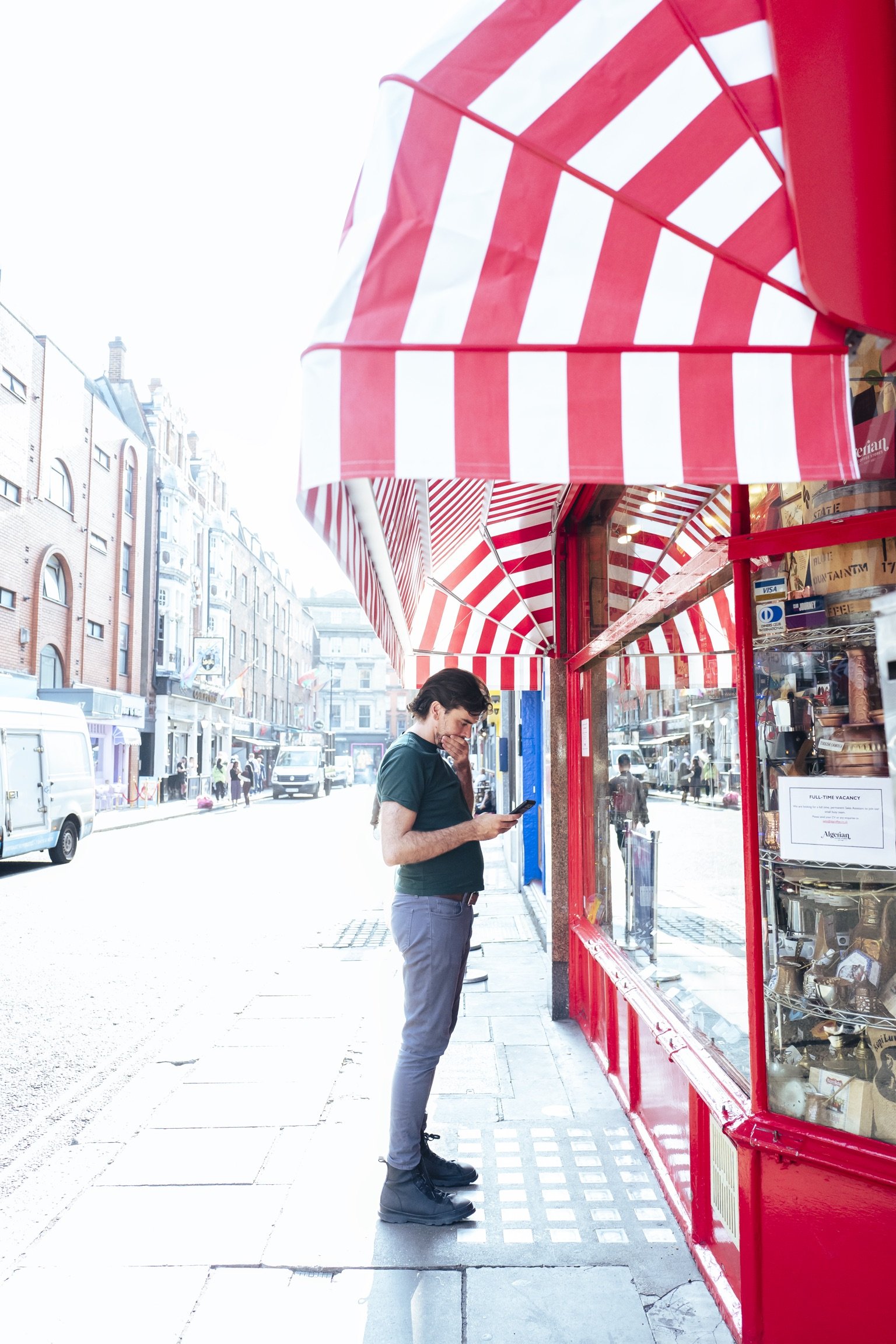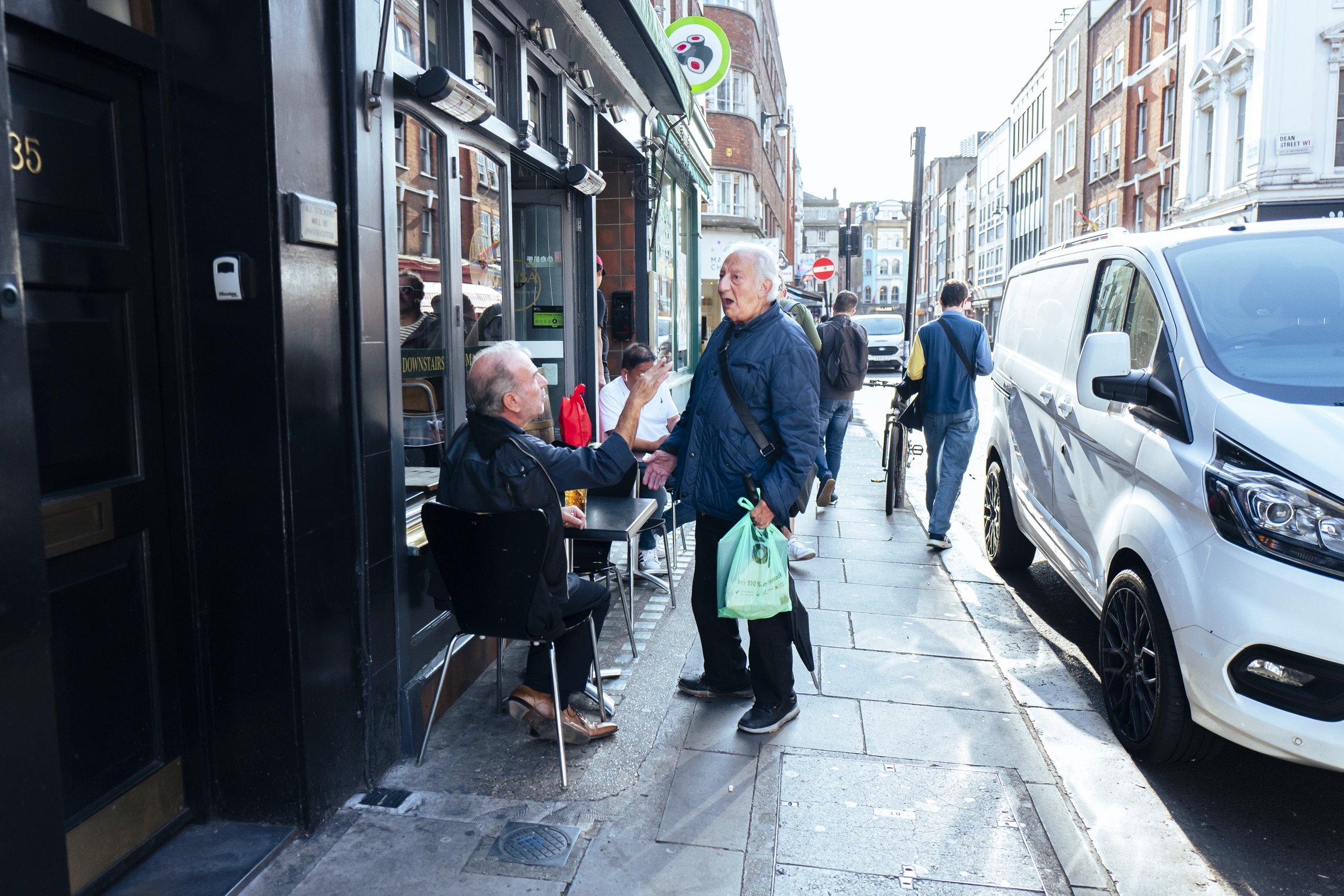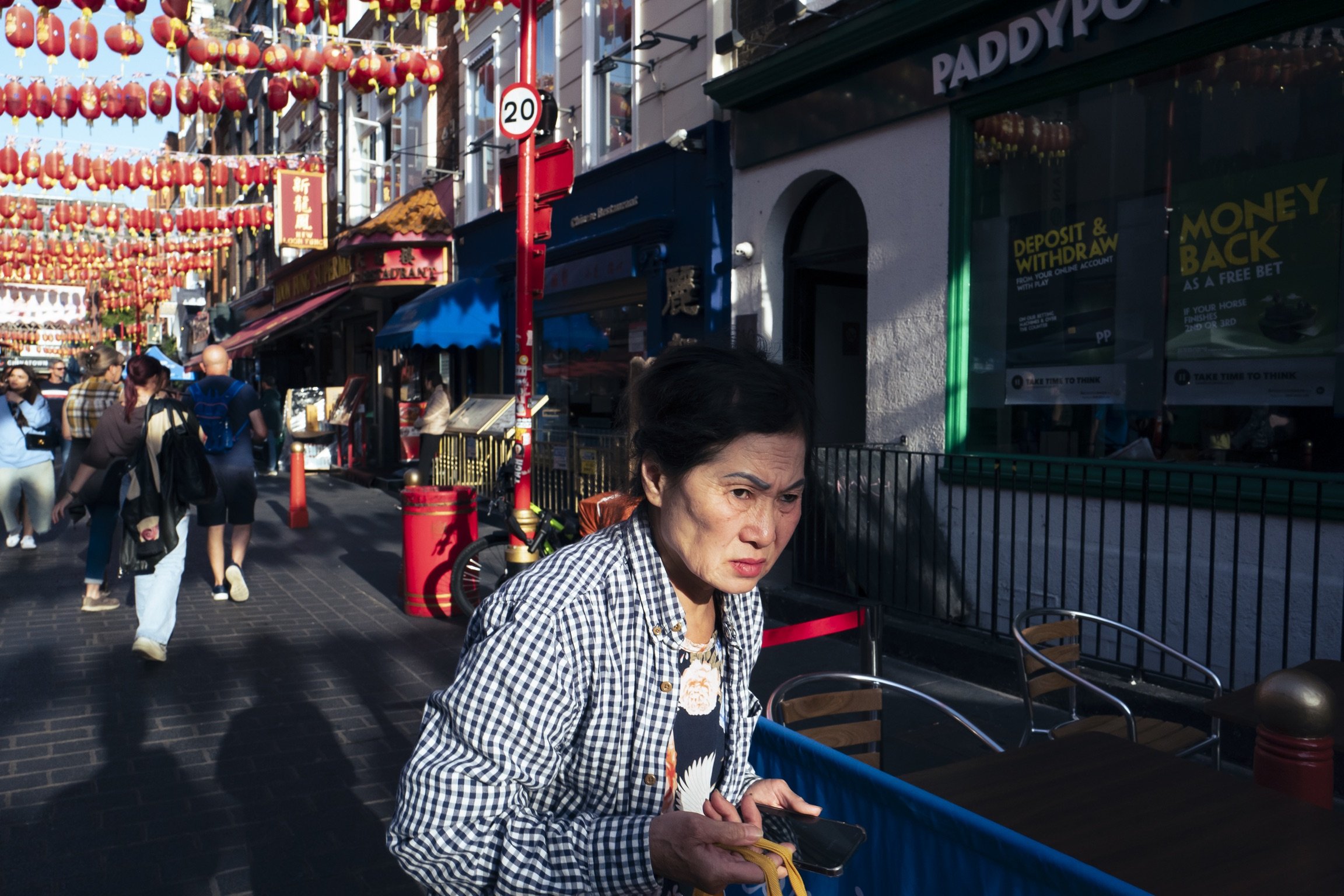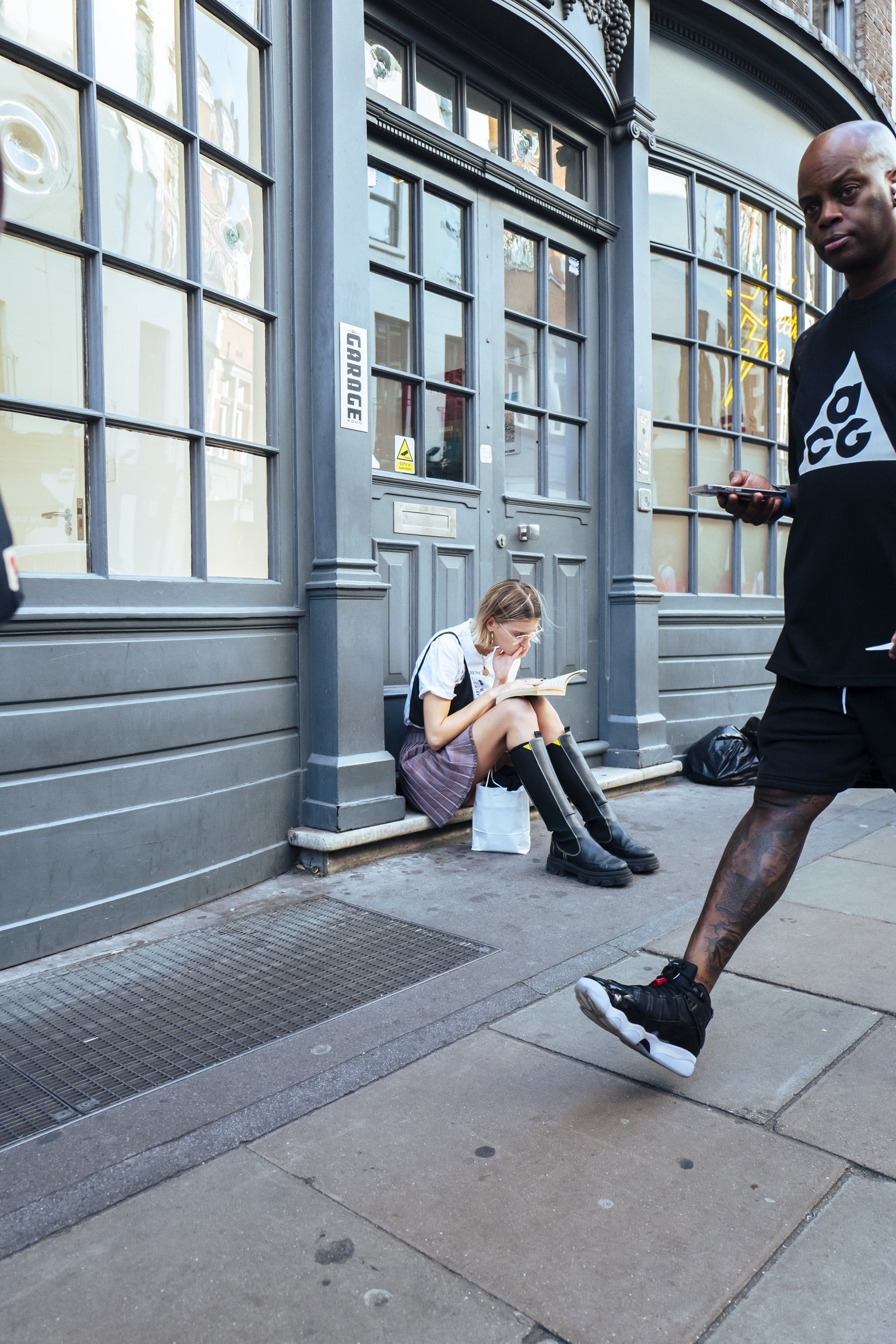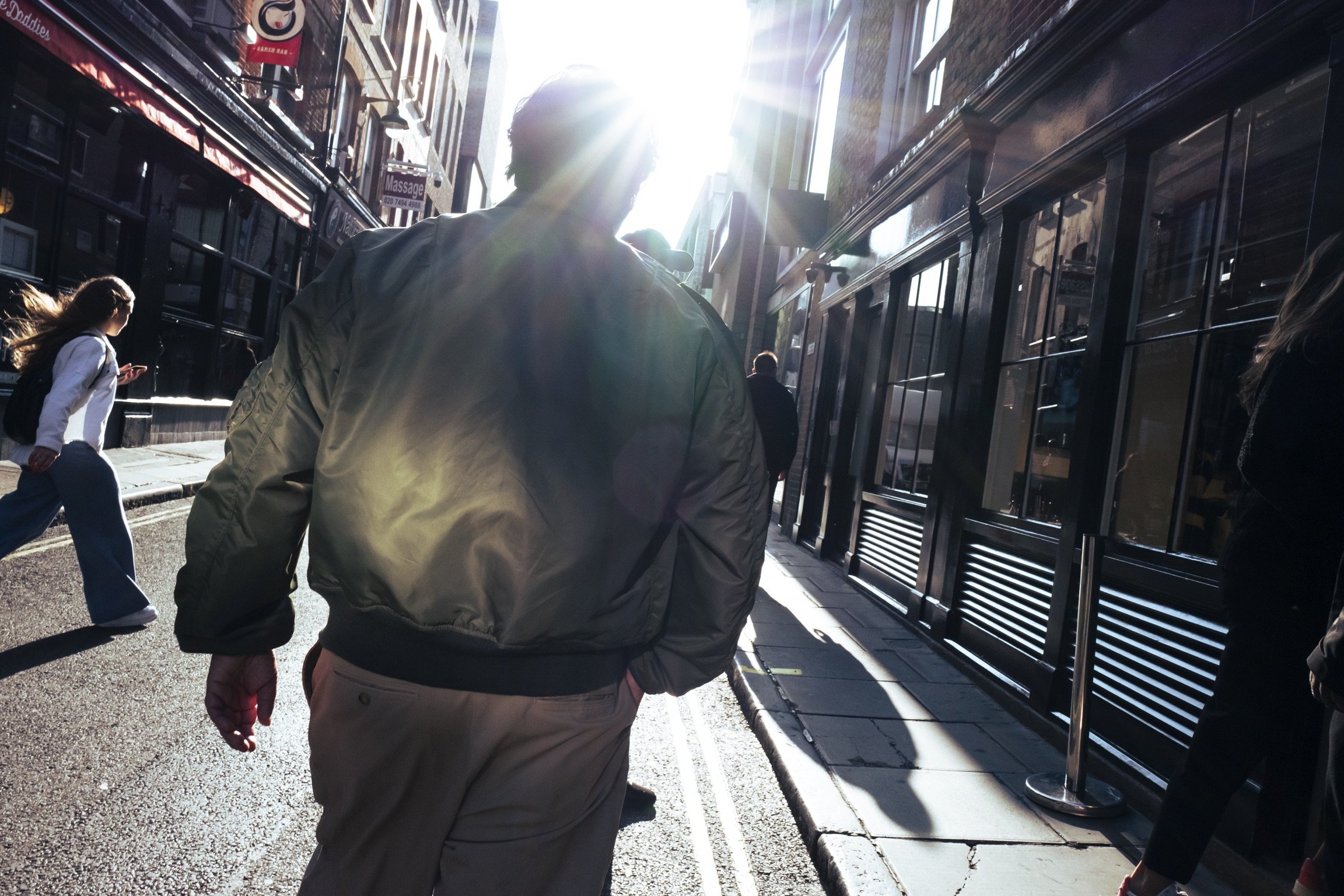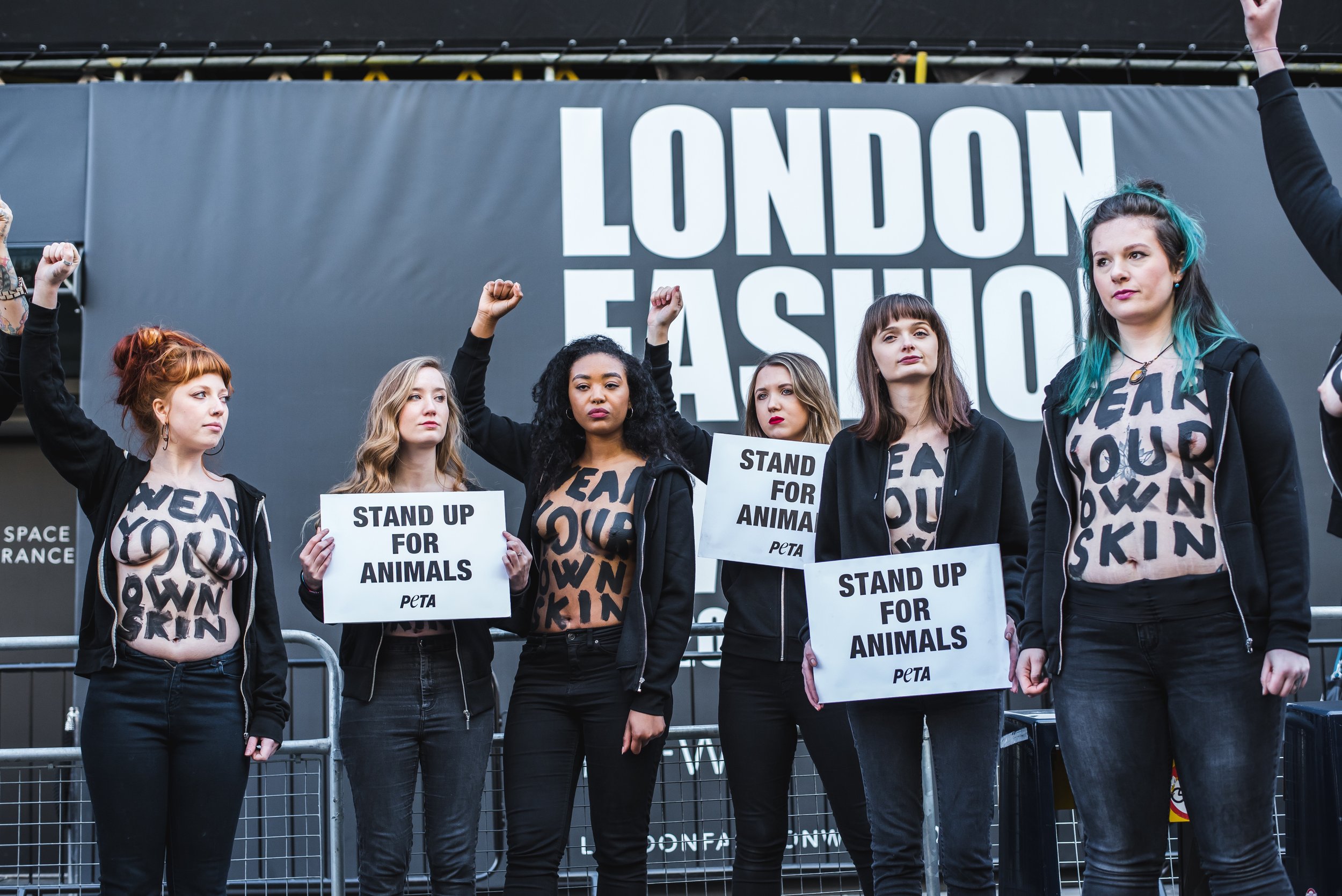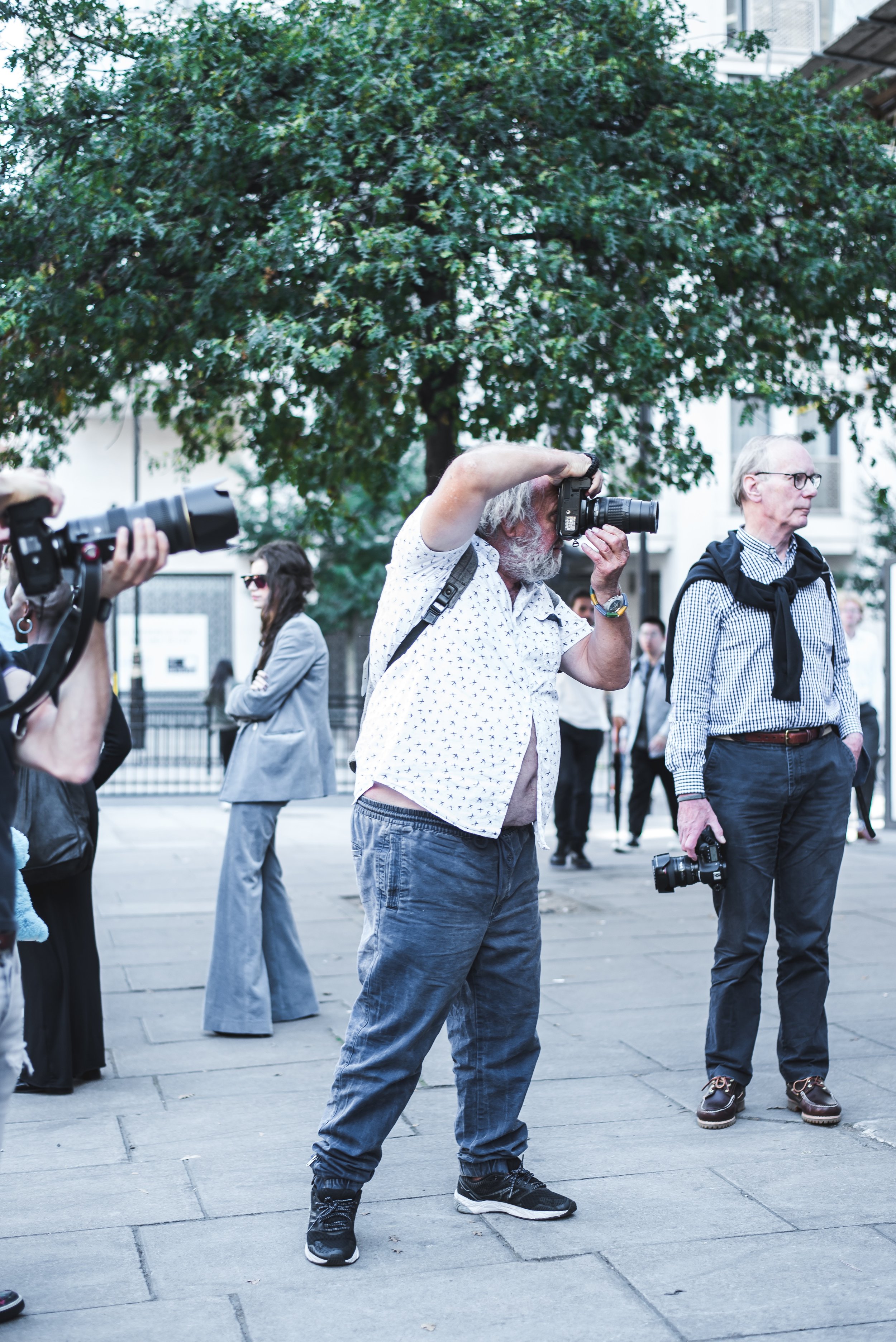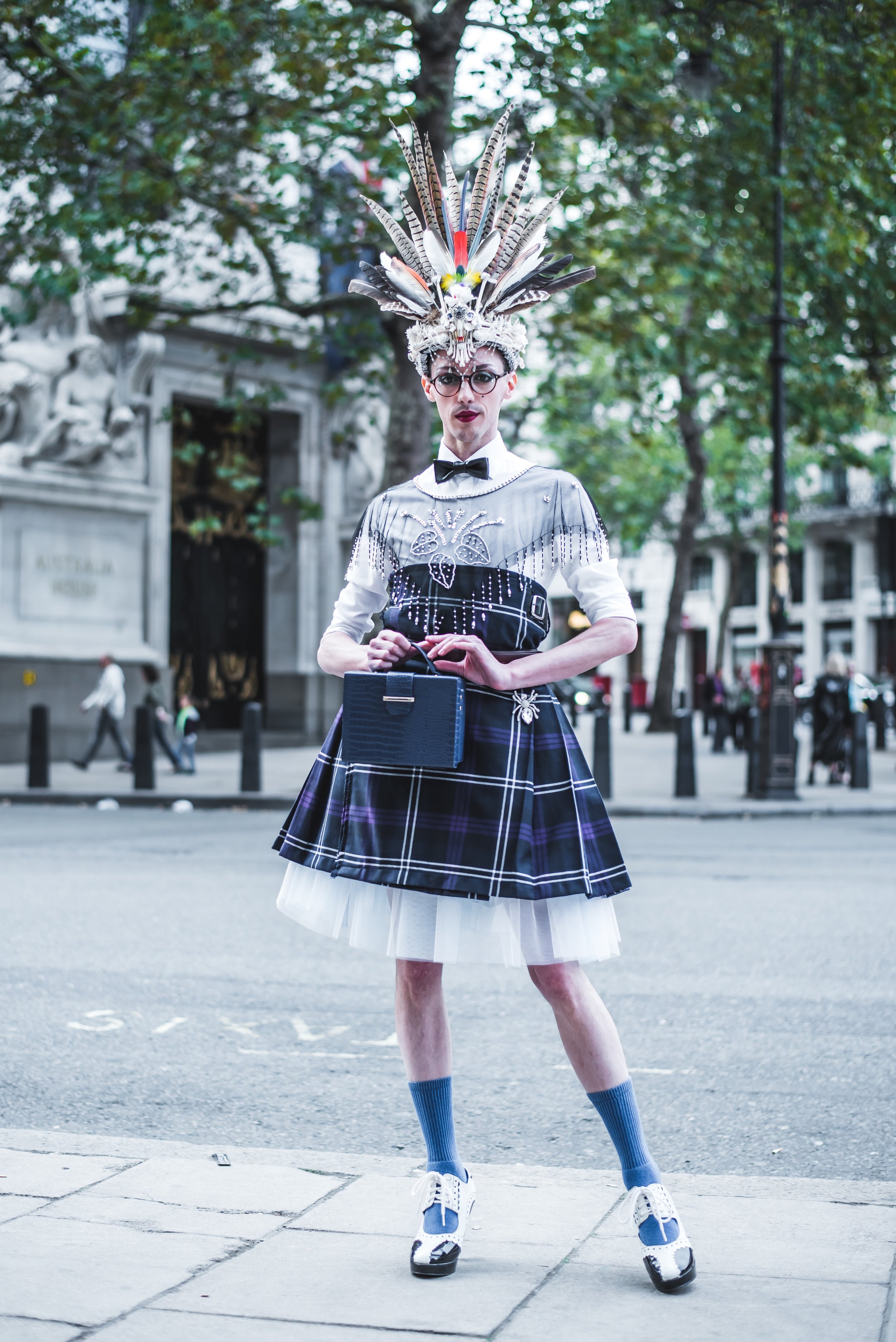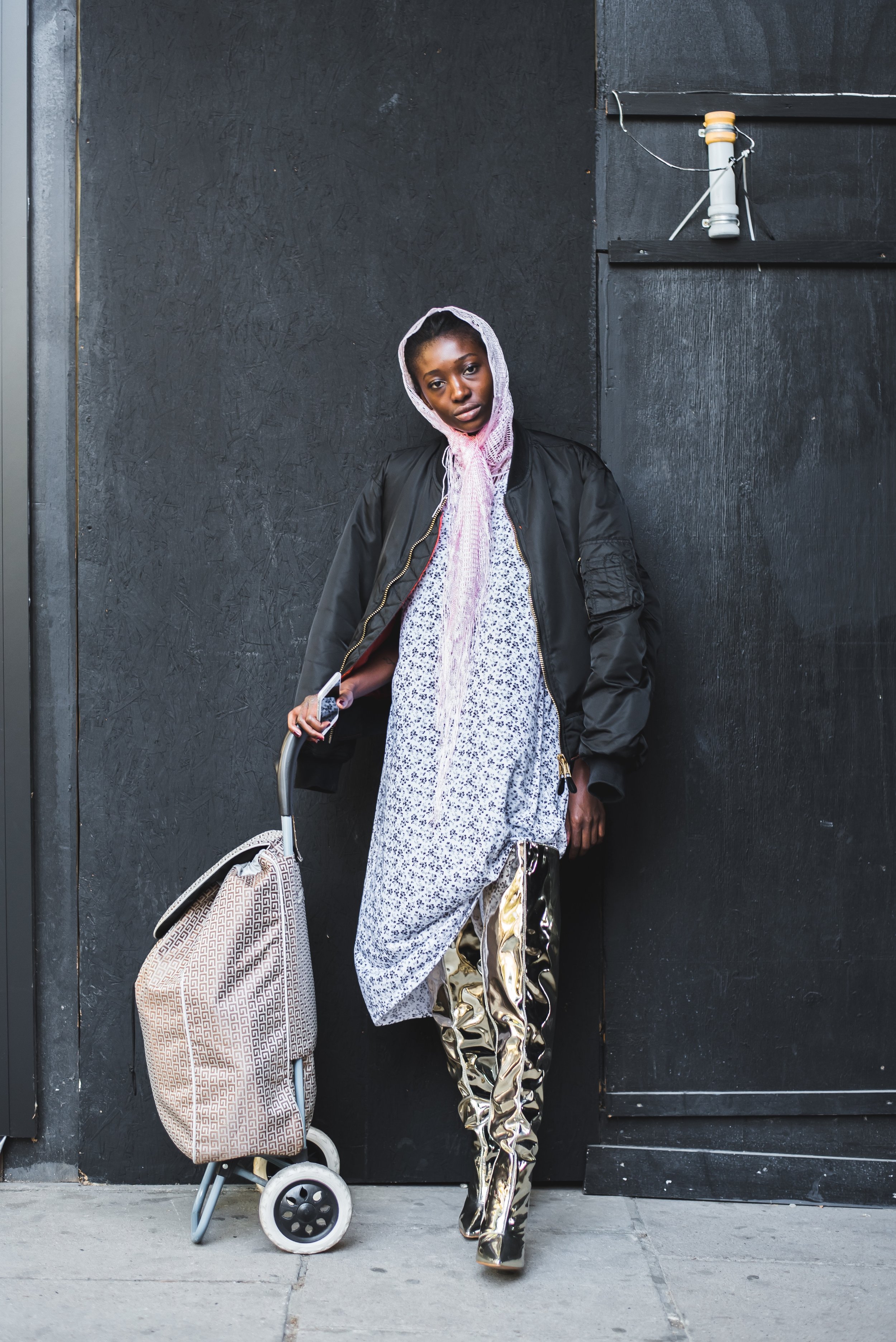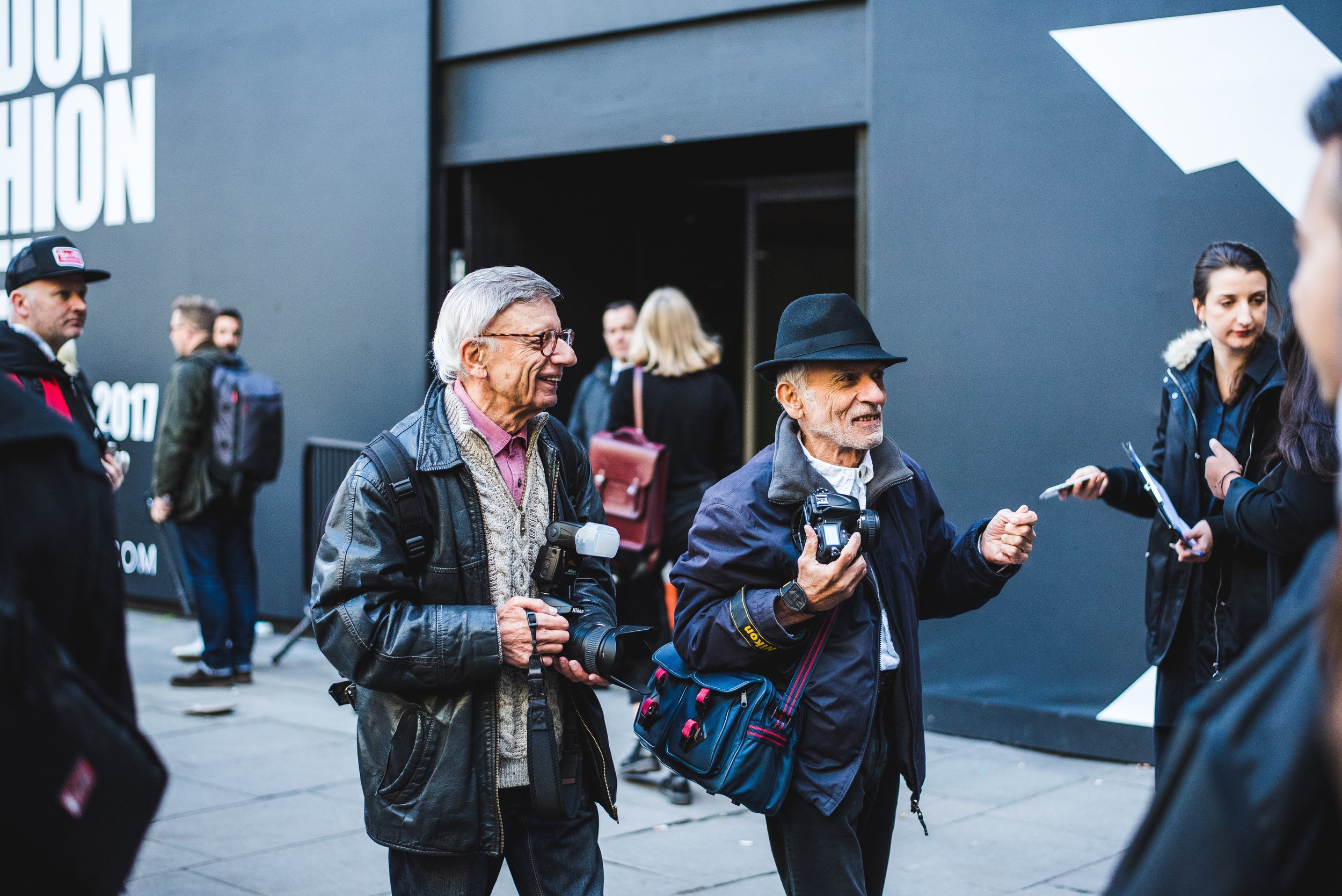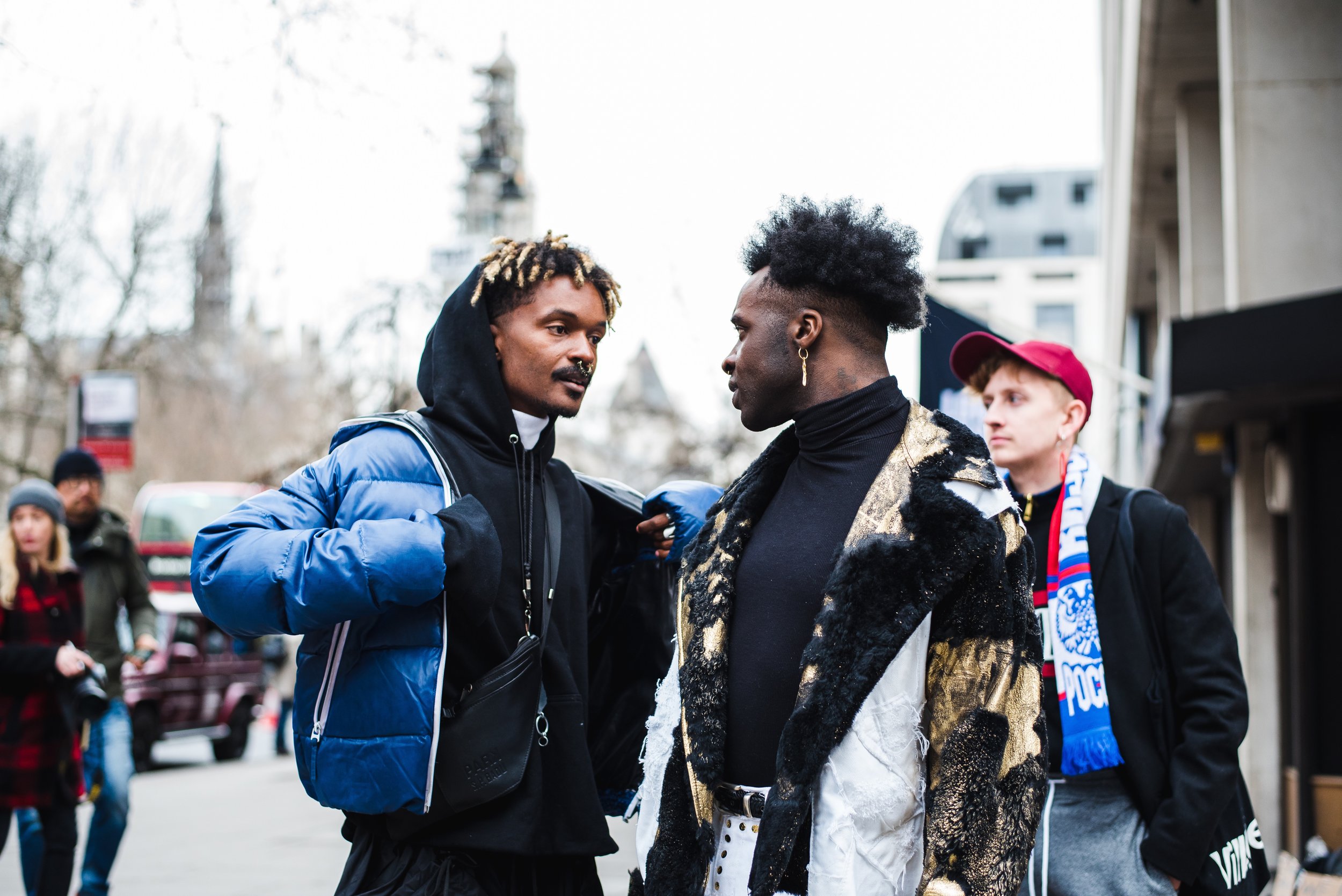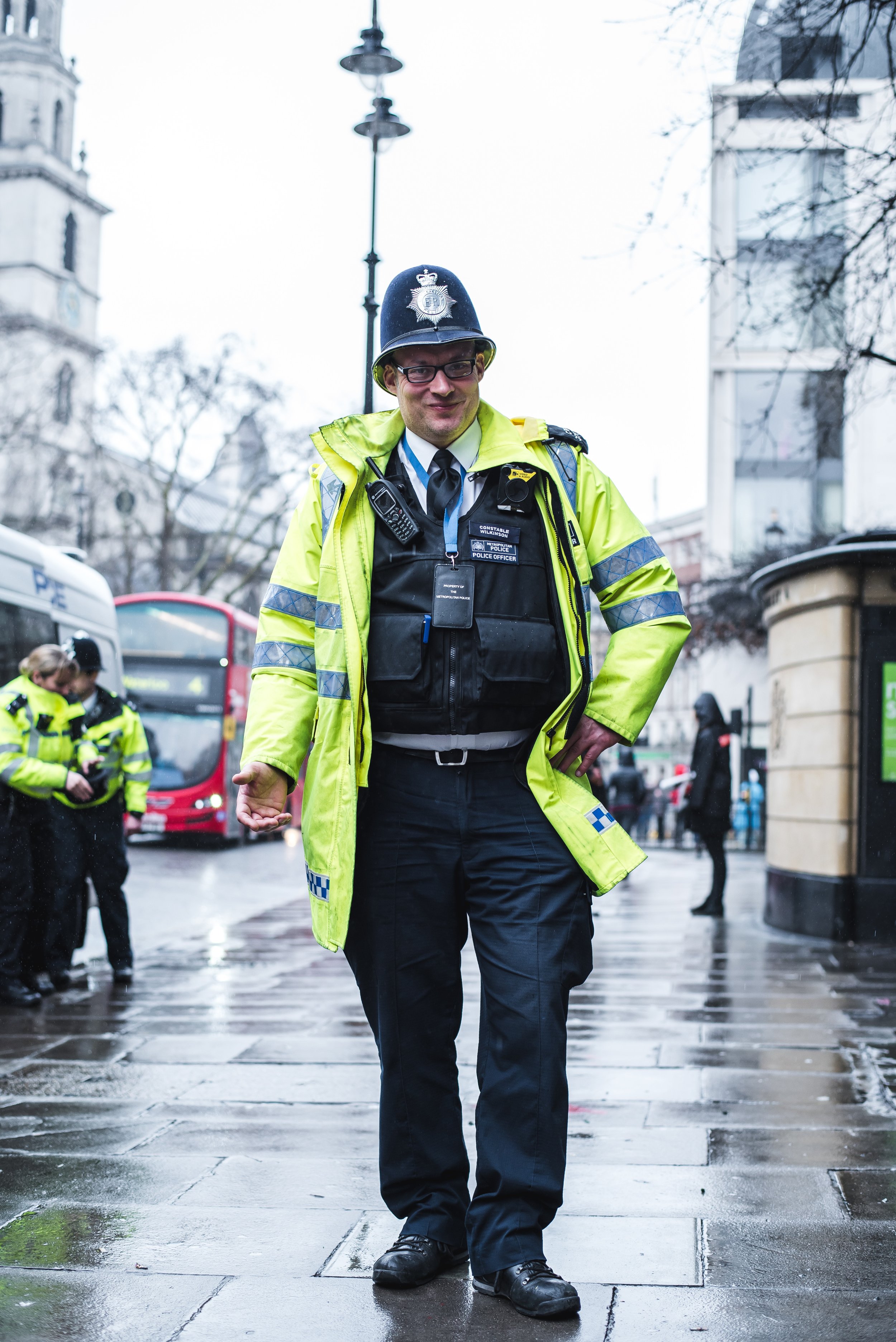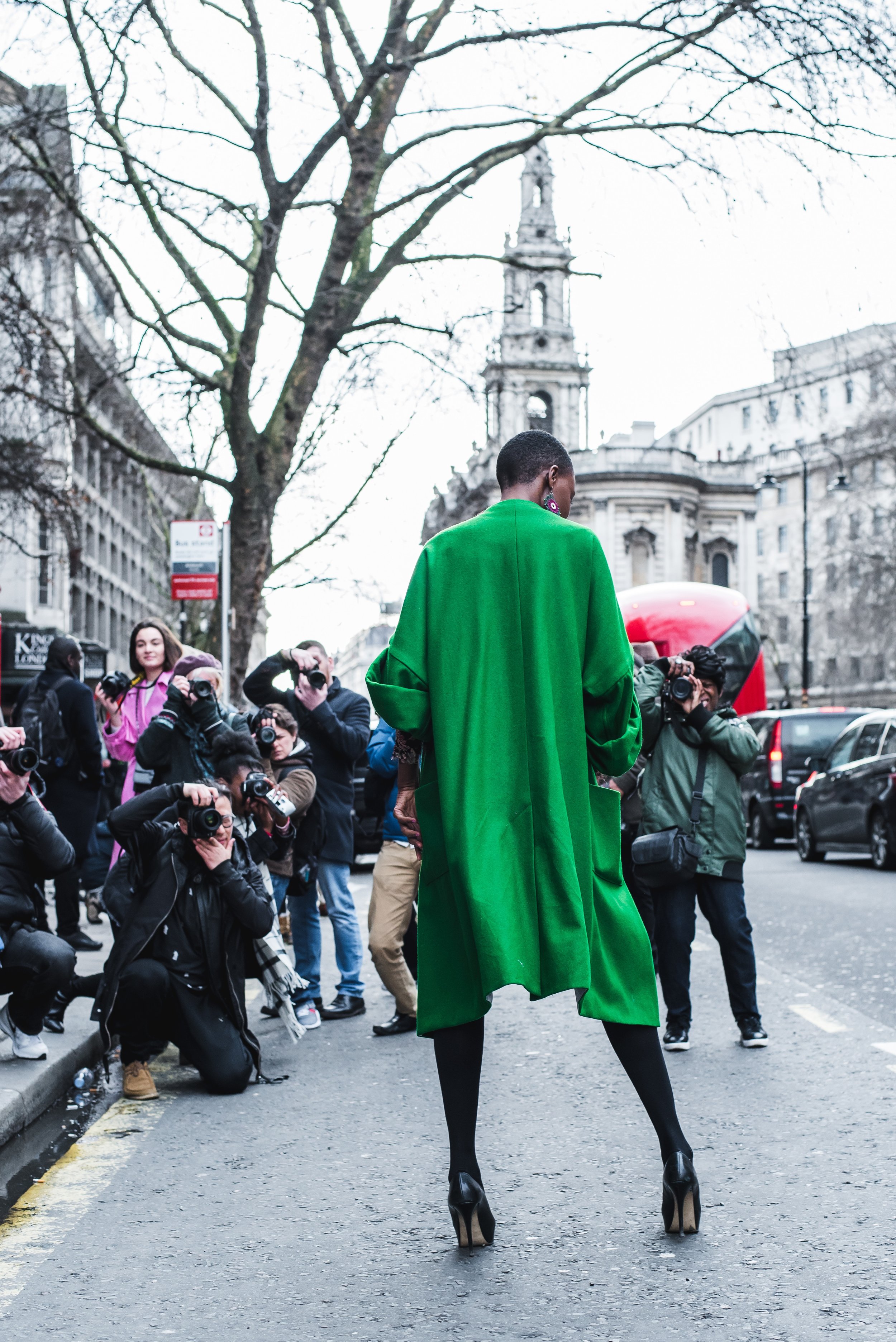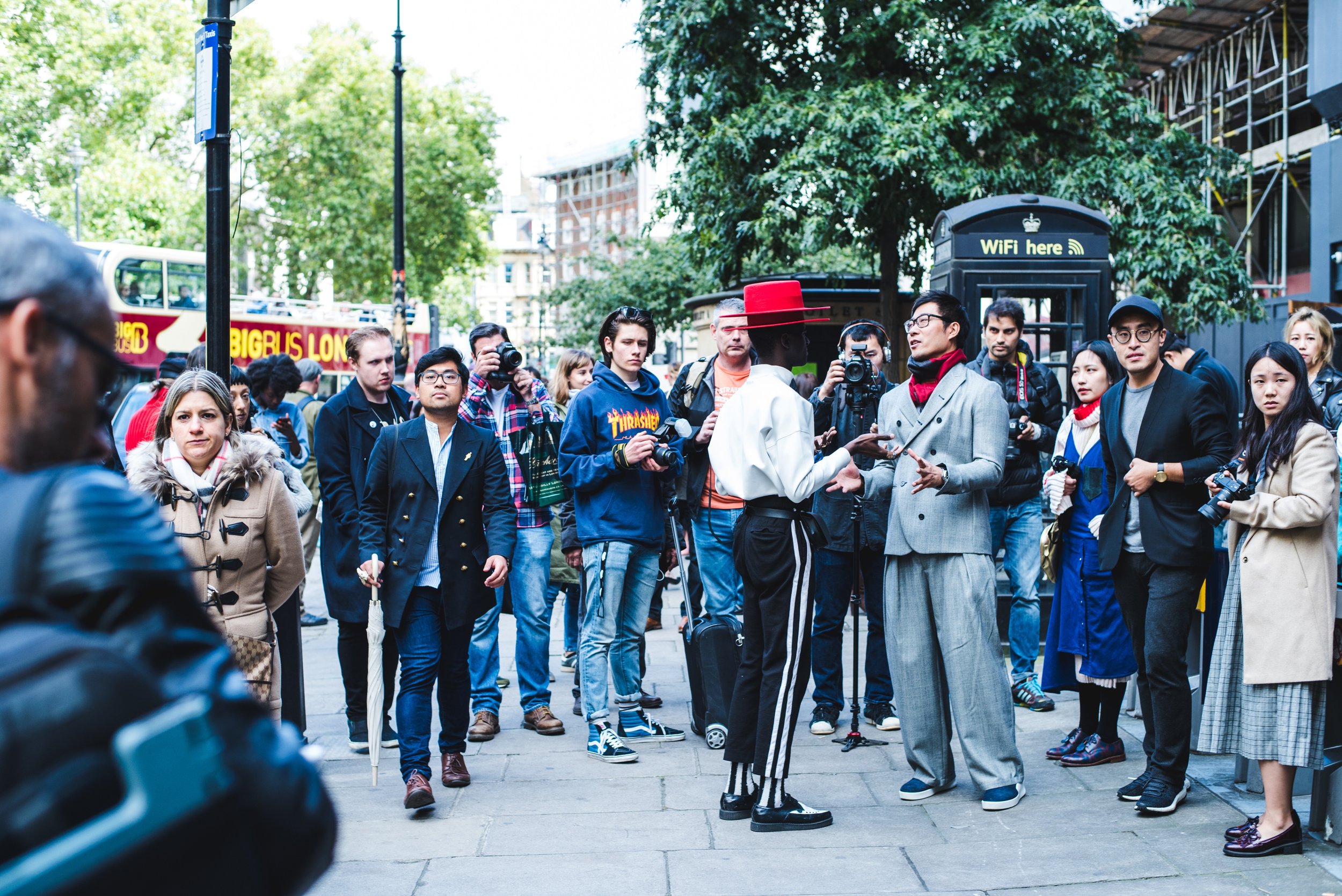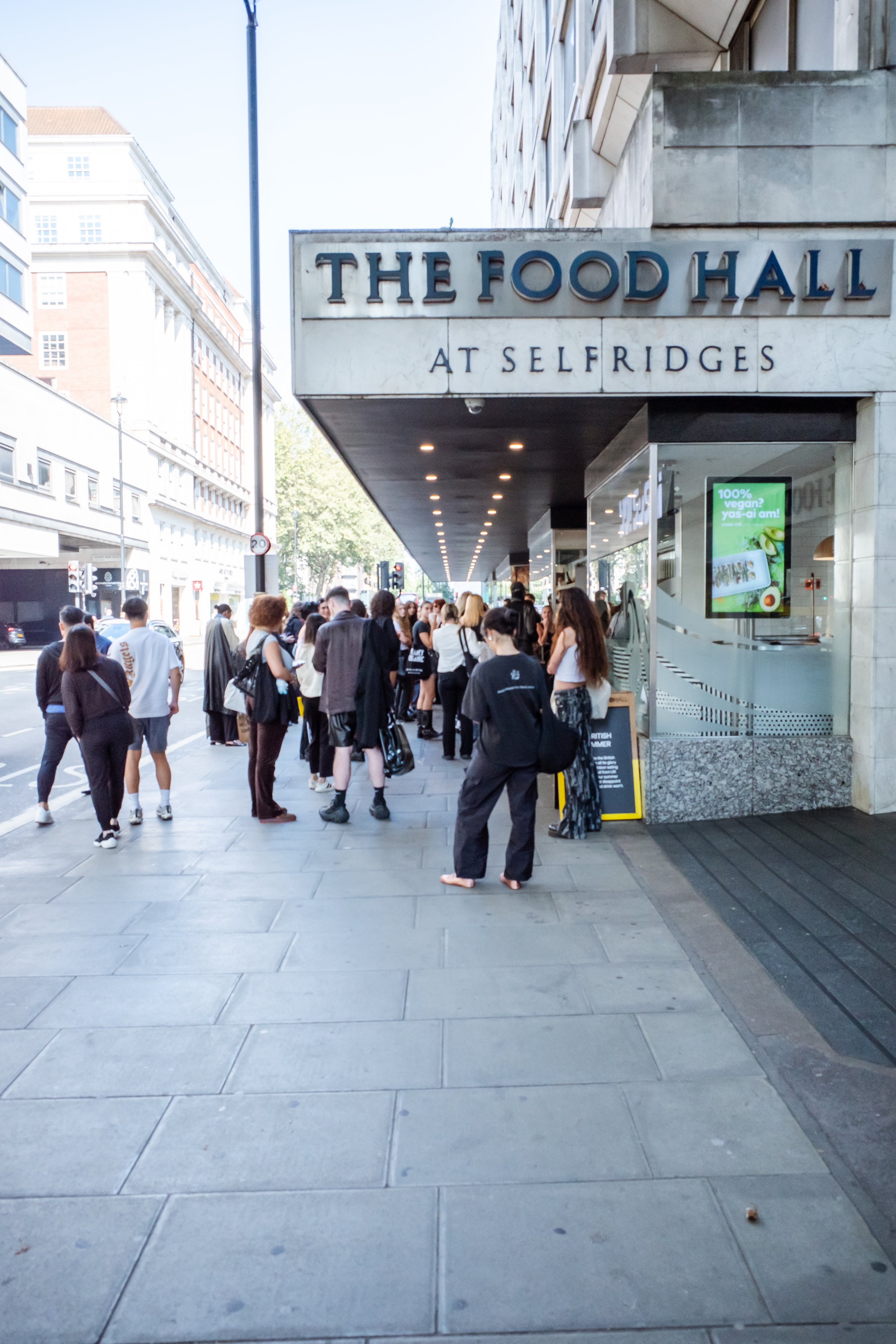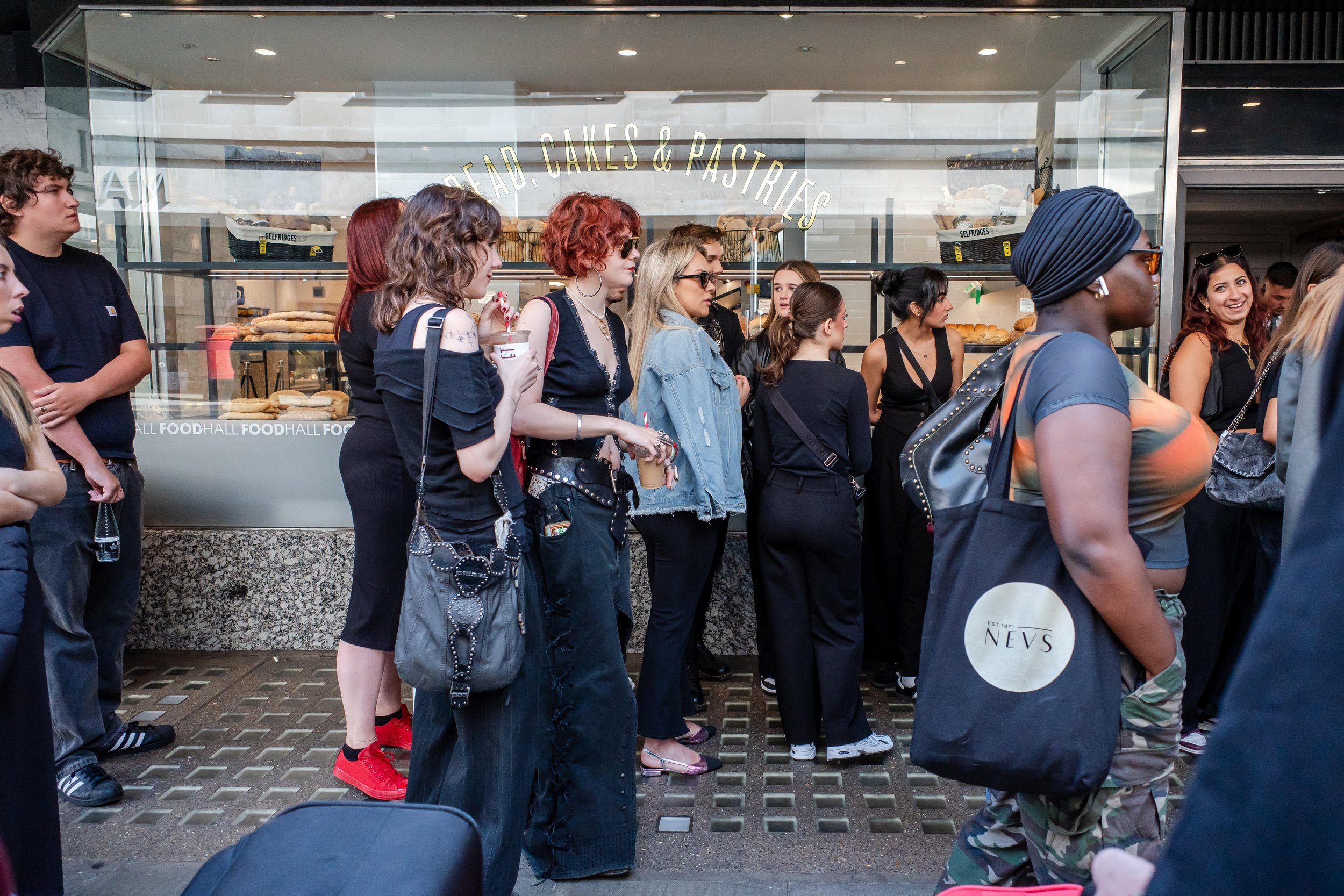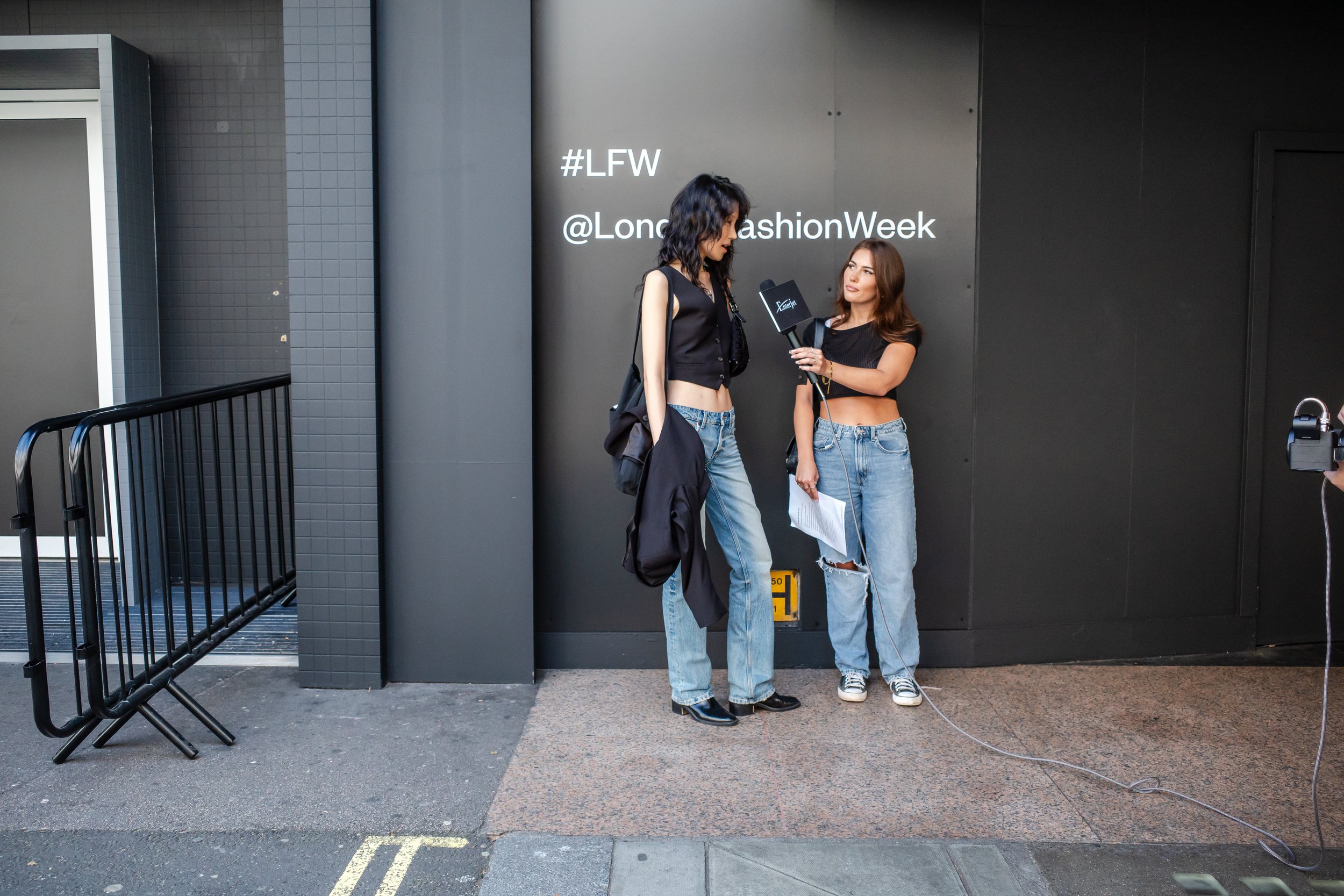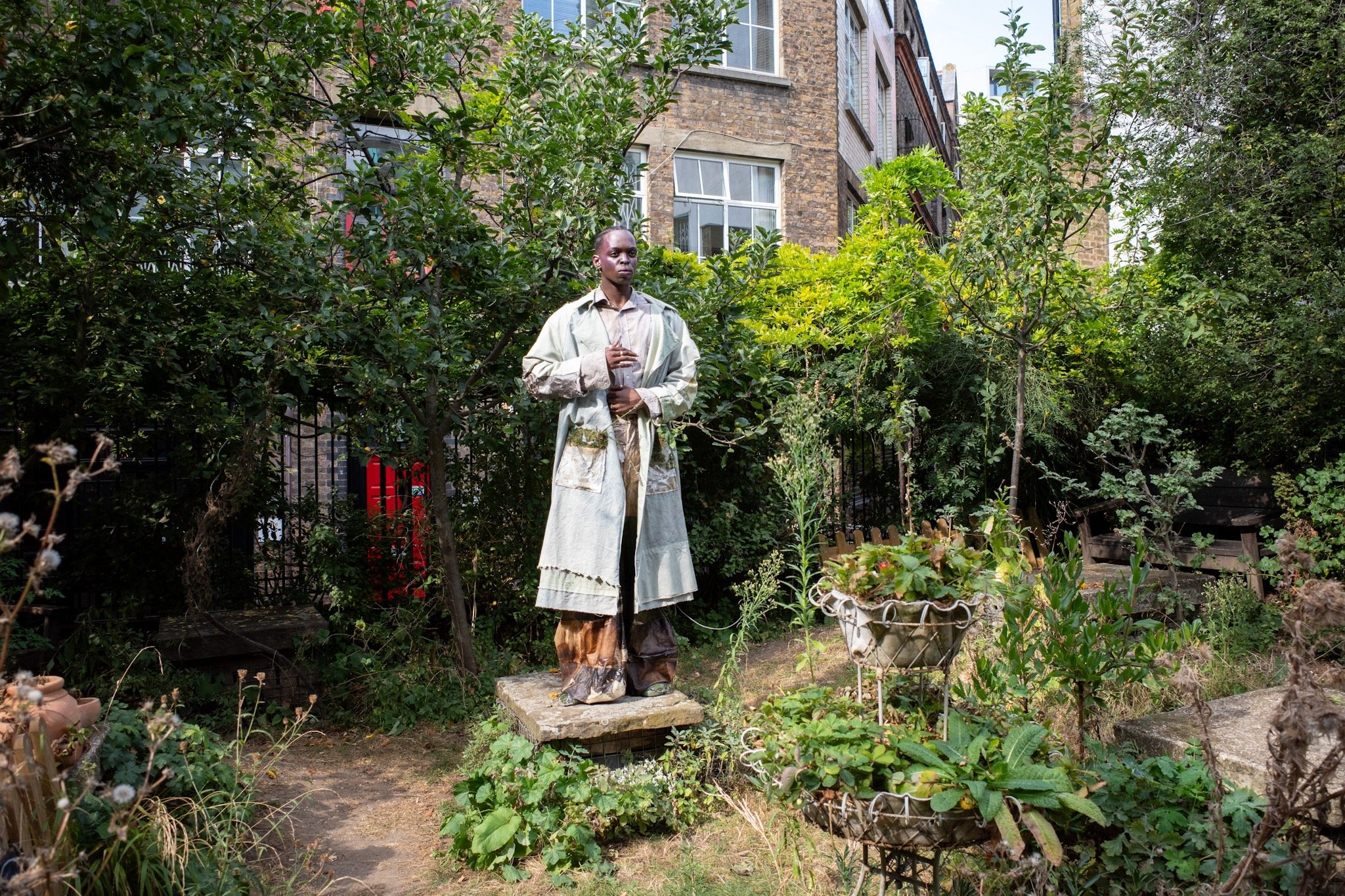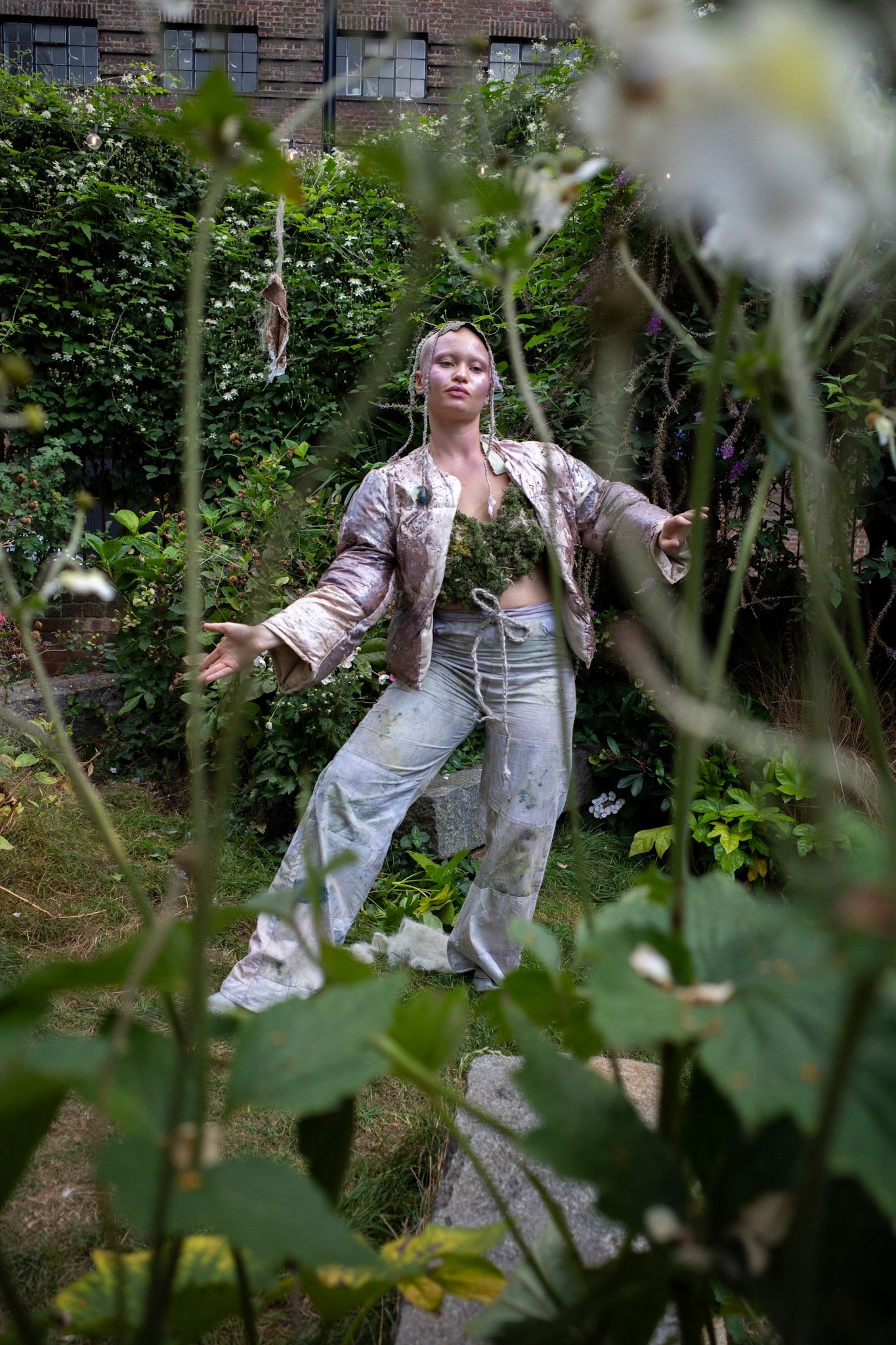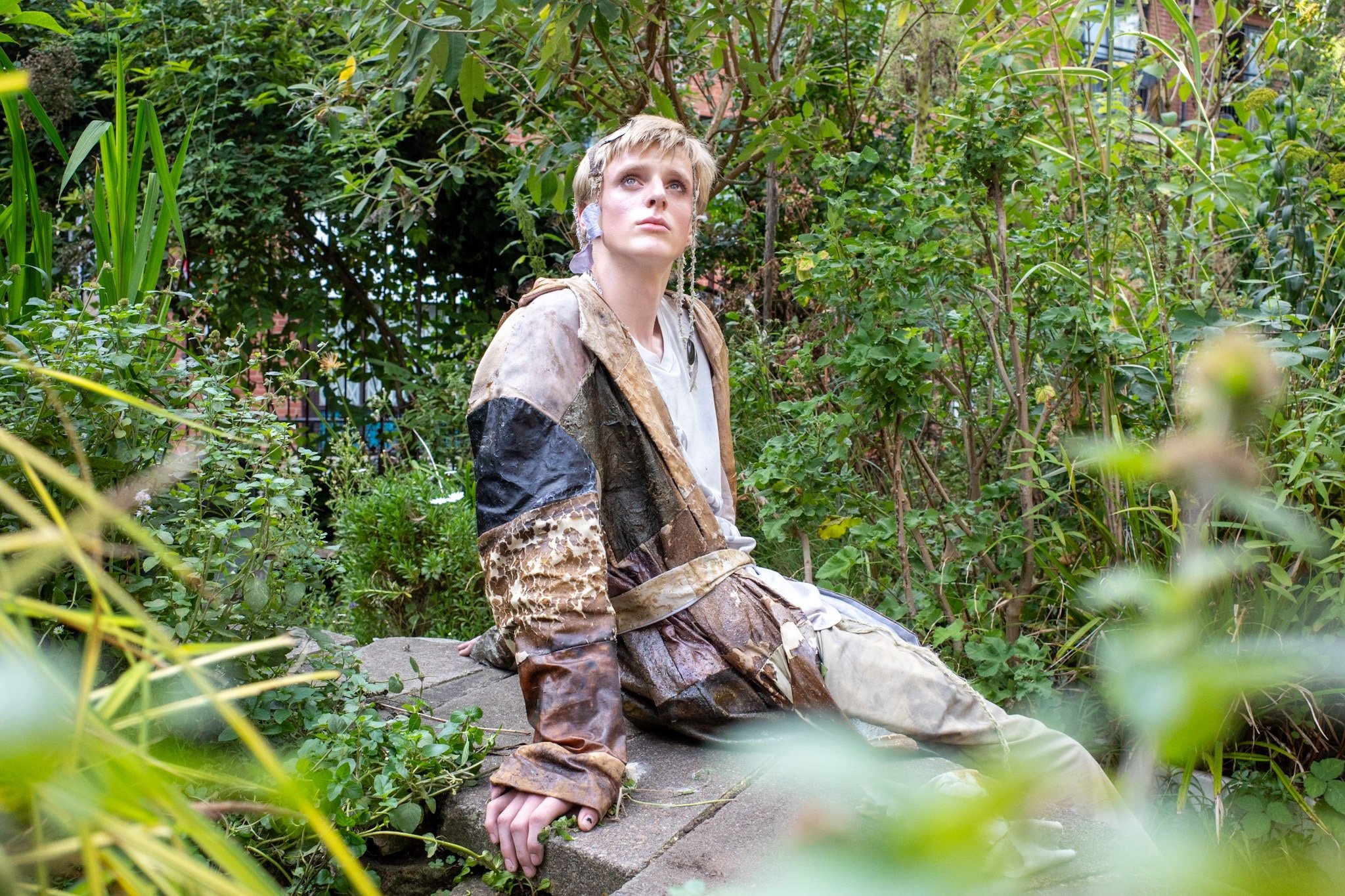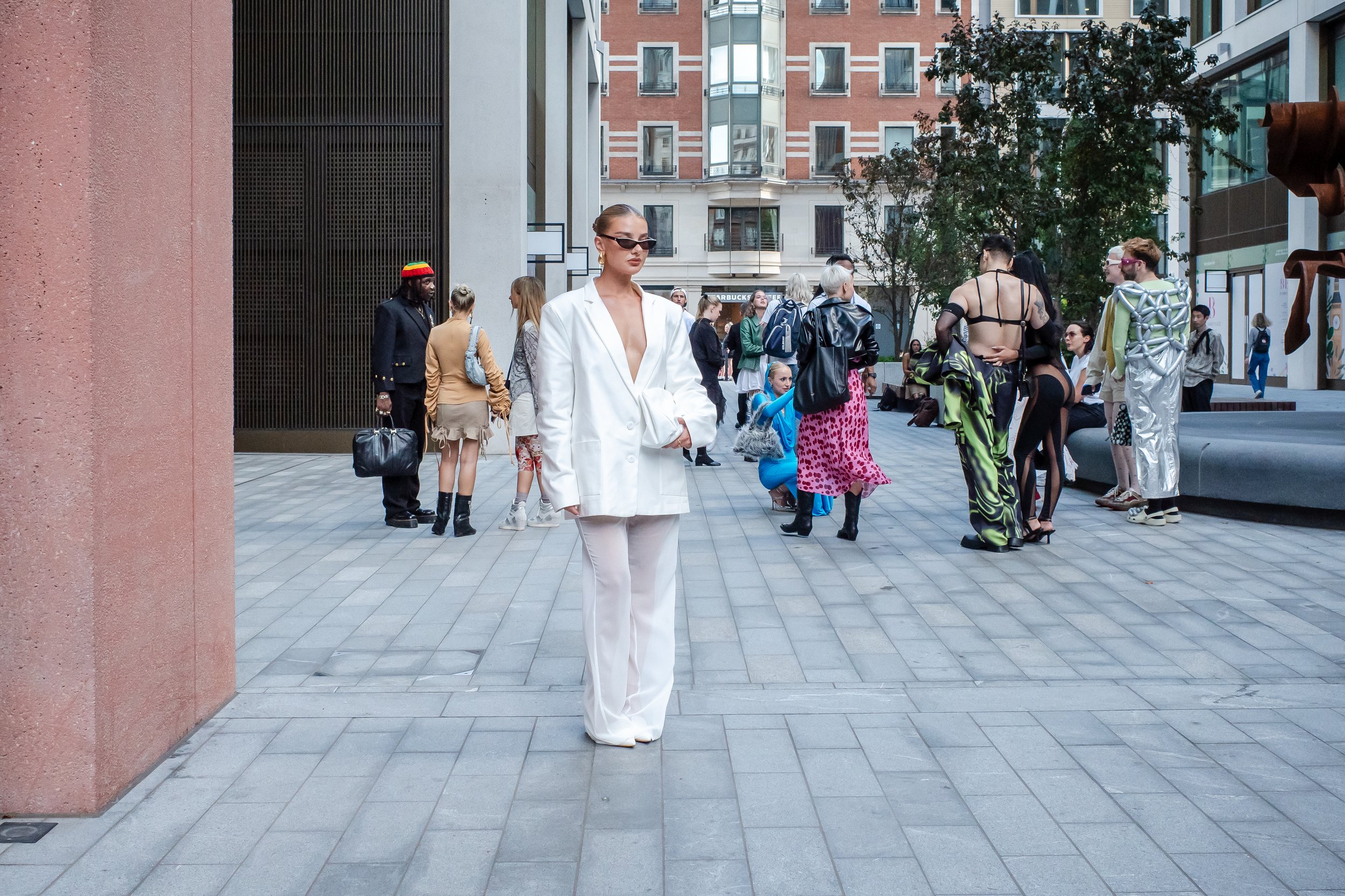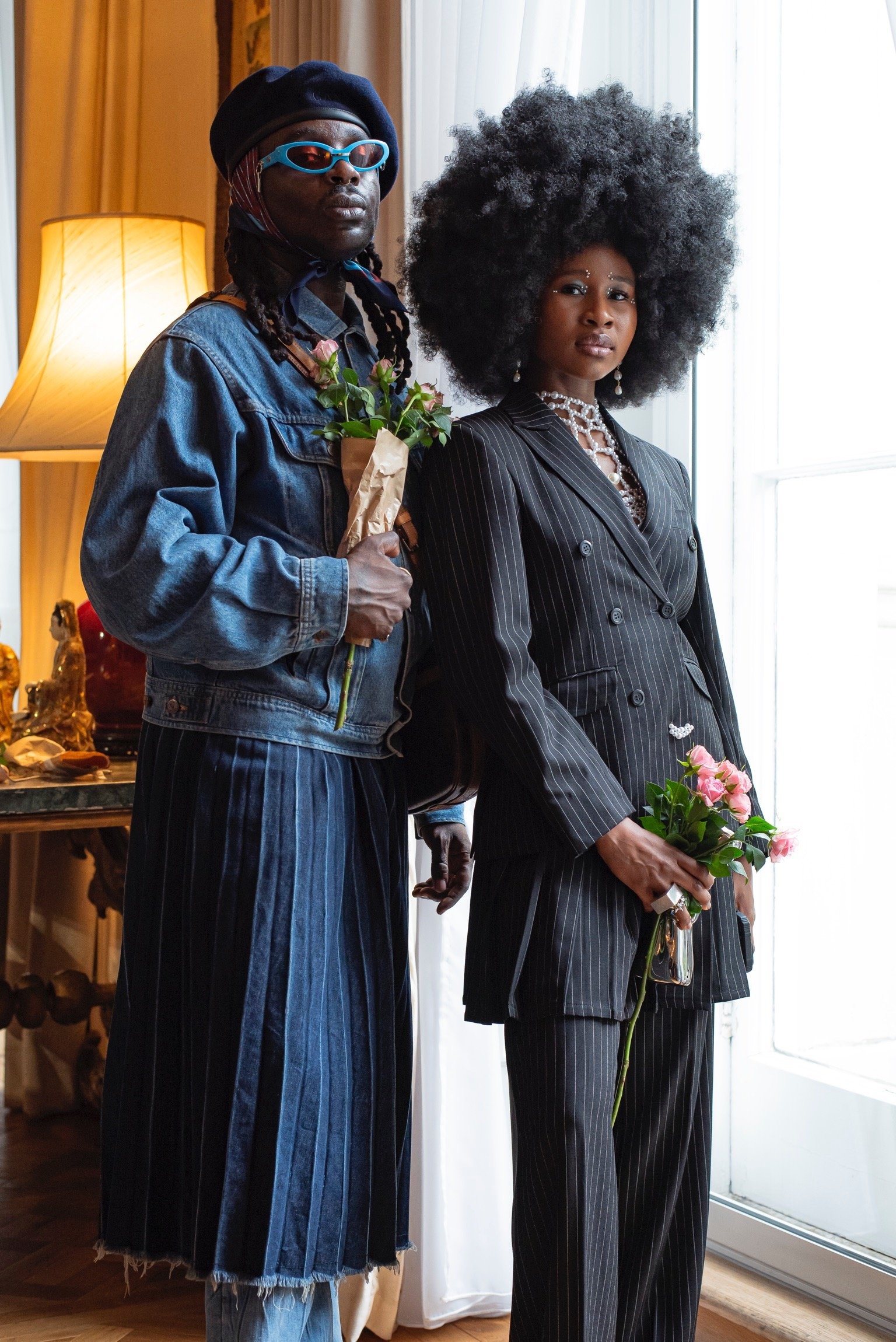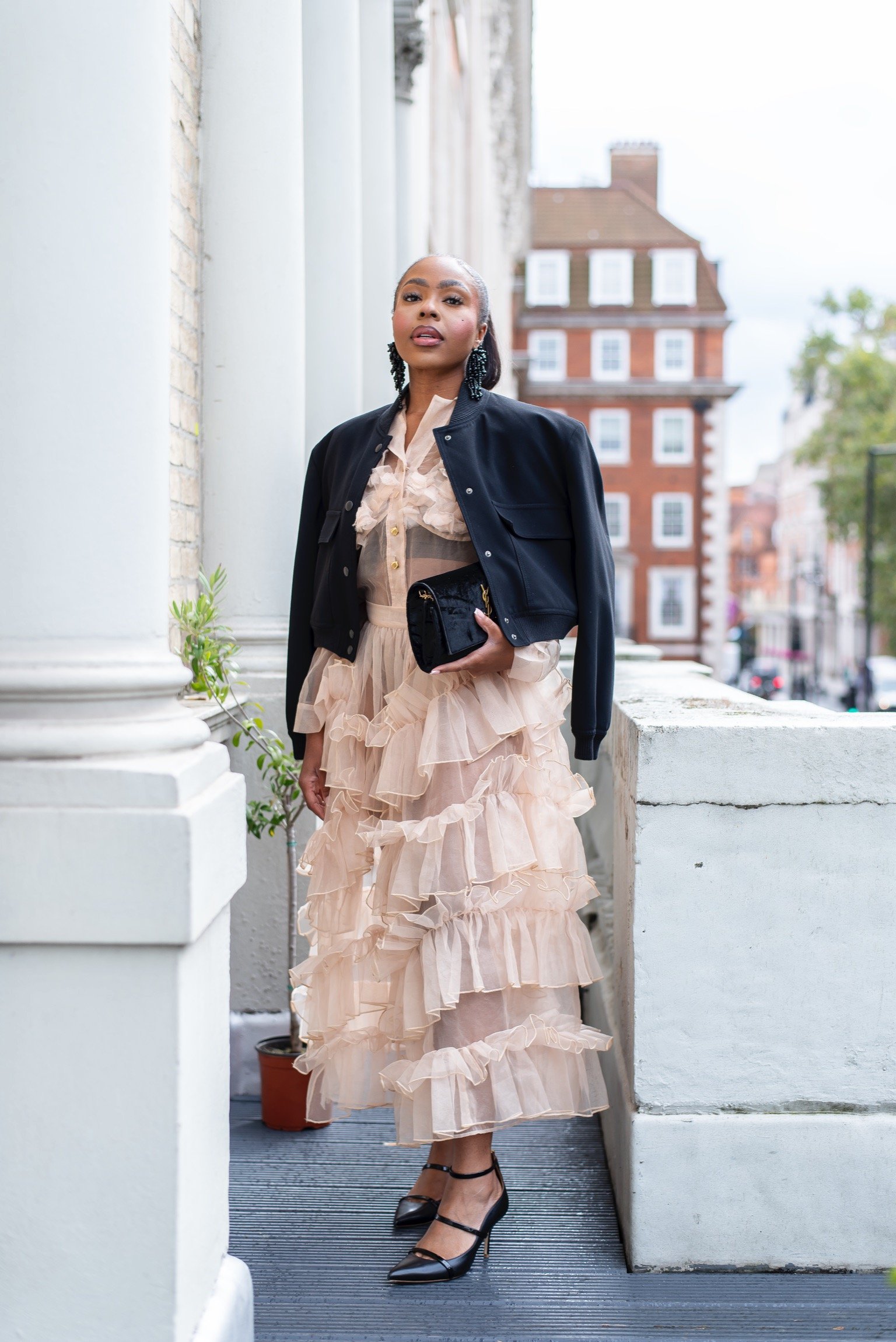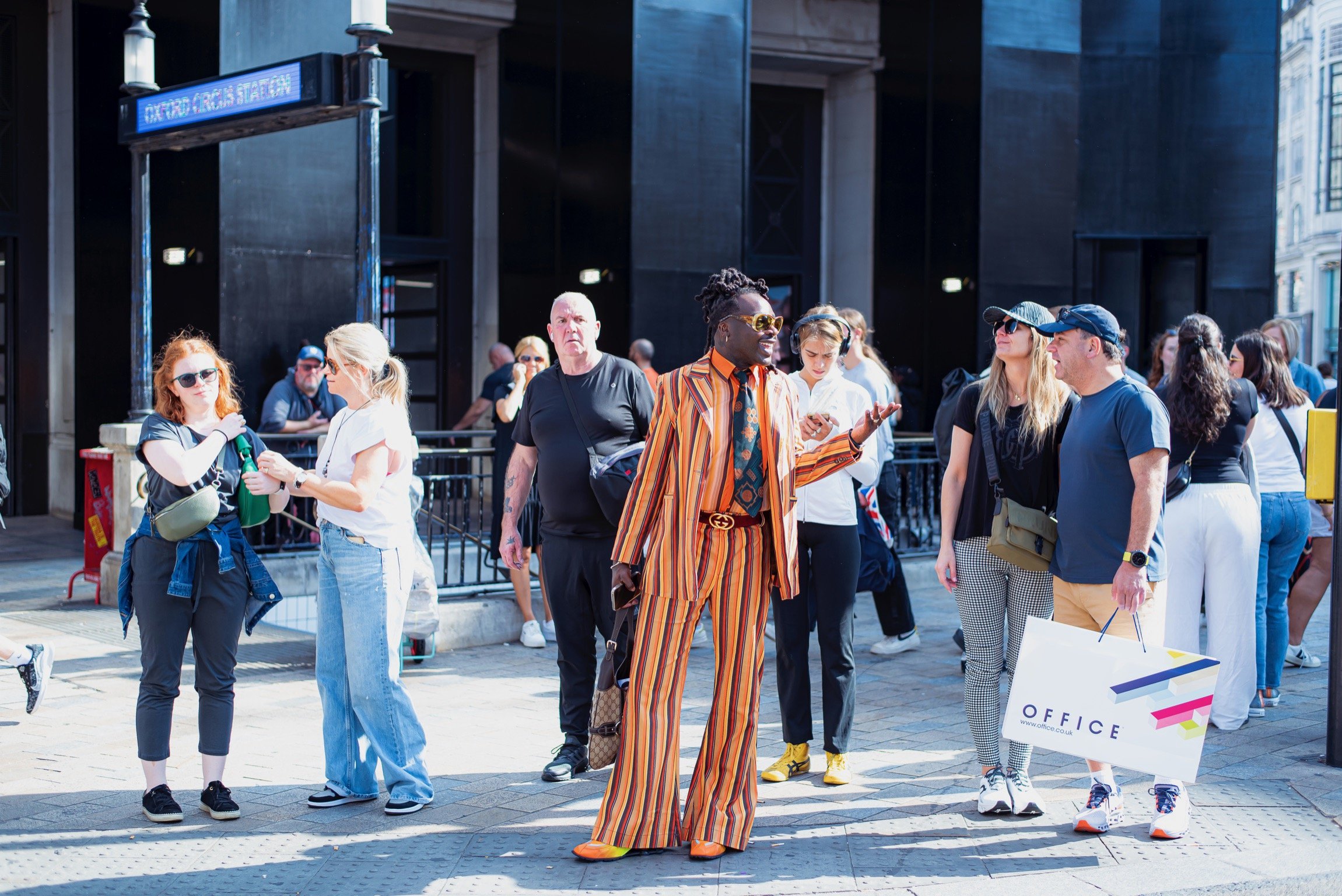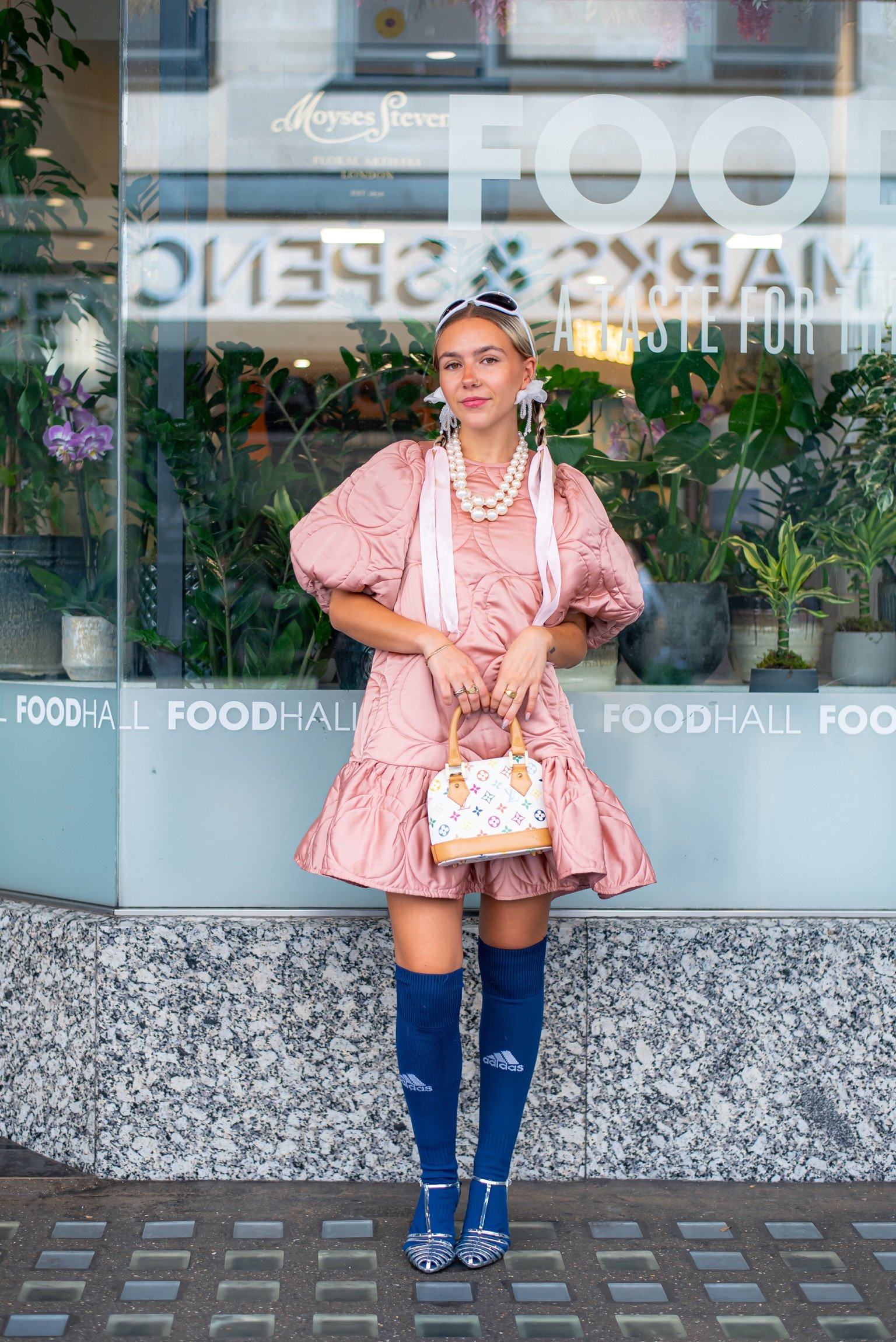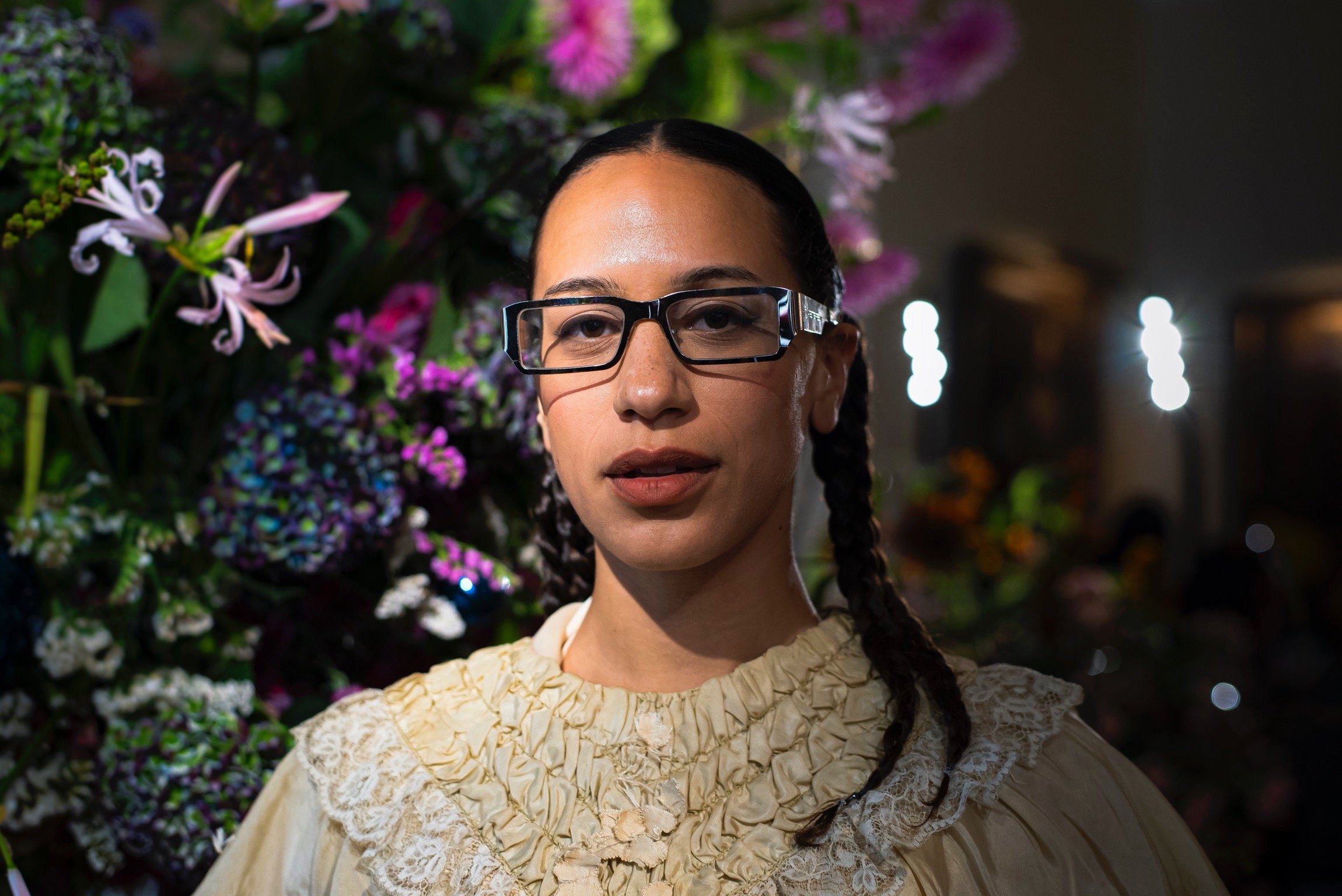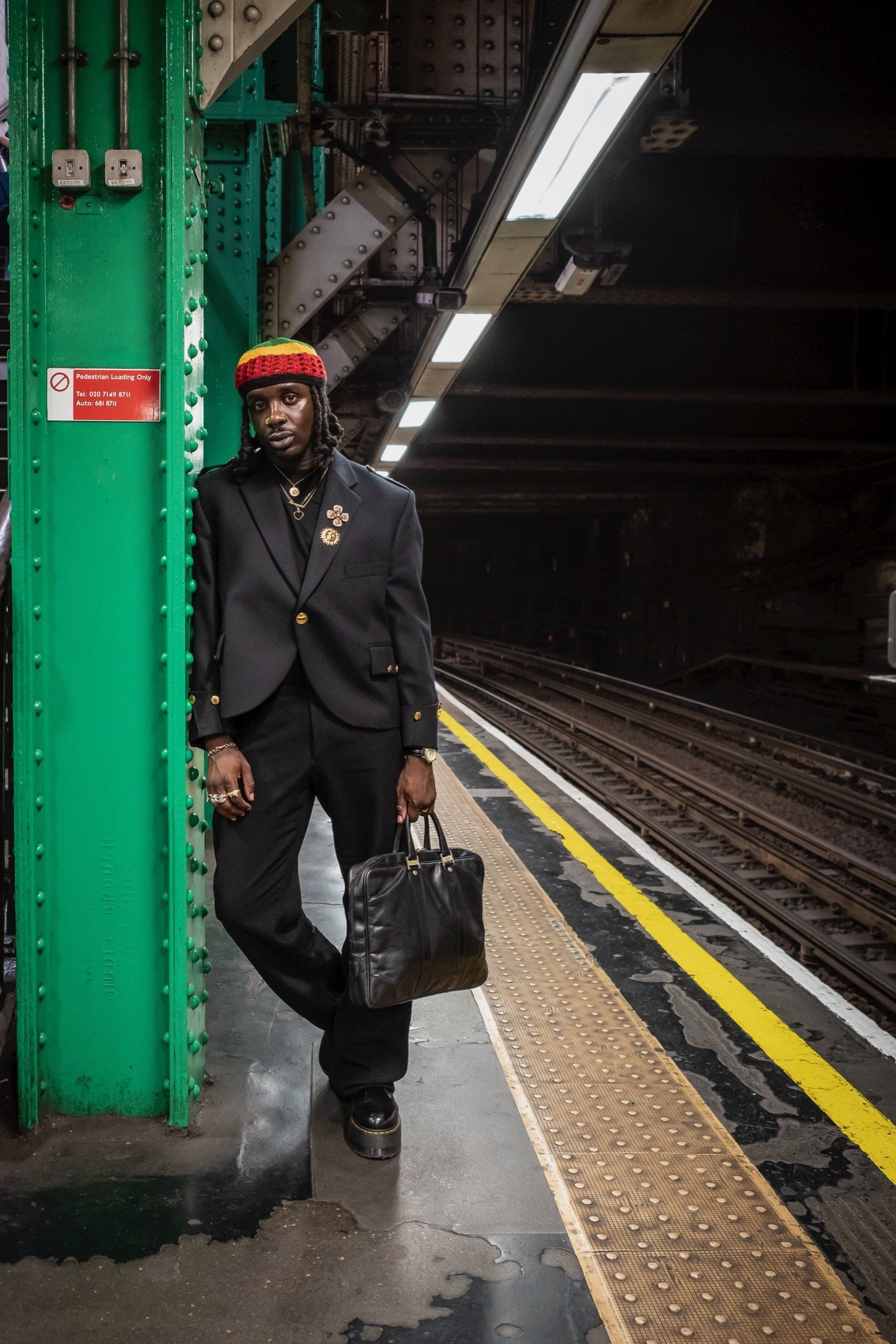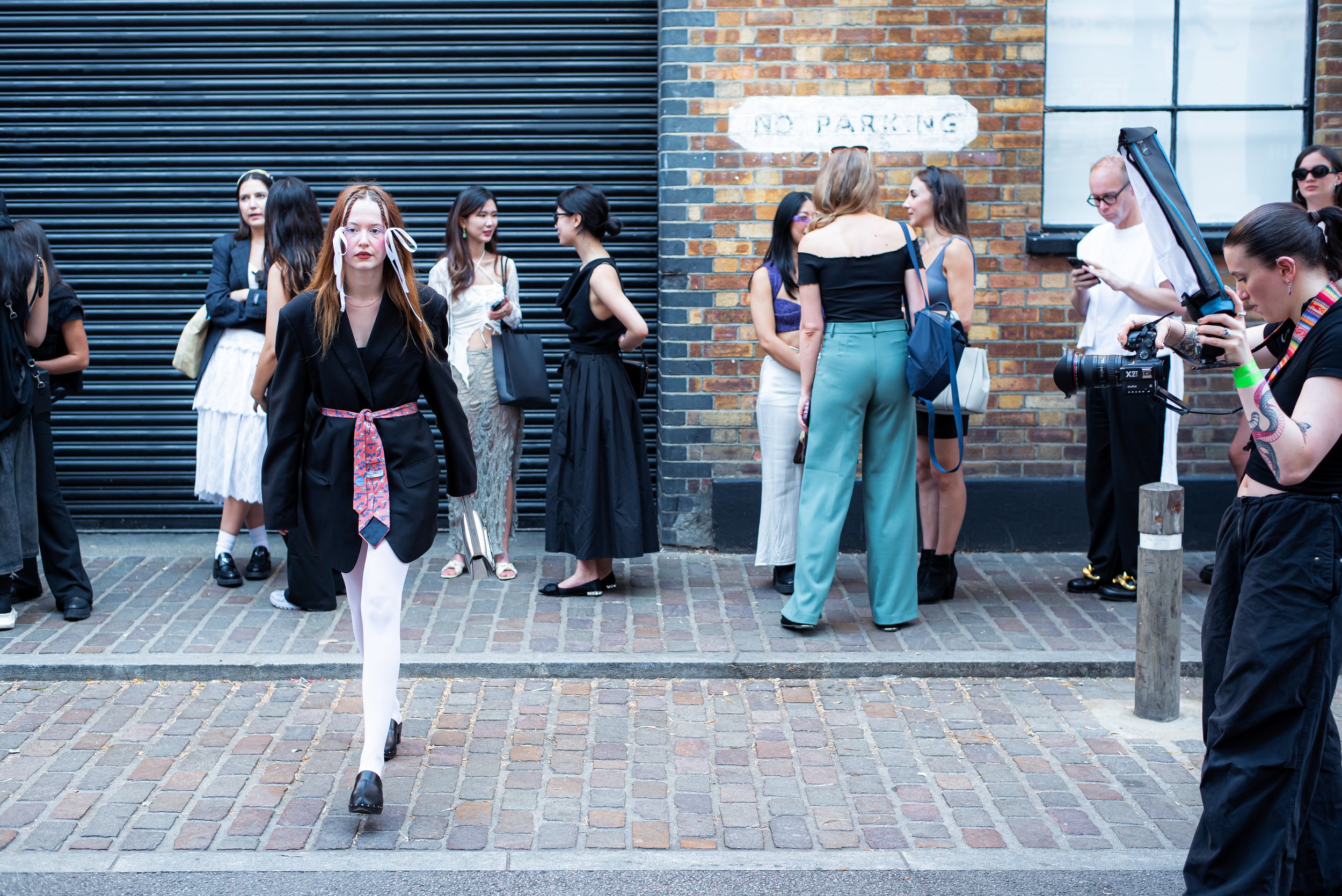How do you do shoot? Do you ask for permission?
Resolutely, no.
I shoot and run. It's become a moto of sorts, a protective impulse that has shaped the way I shoot on the streets. Accountability avoided, blame left behind, antagonism's chance missed.
Clockers clock but that's part of the territory, adds affect, and not just for effect — a shortcut to an emotive scene.
Years ago I avoided taking photos of people that clocked me and my camera. Staying passively in the distance, sneakily taking photos of the decisive moment, discretion was key to my compulsion as a street photographer. I’d shoot from the hip as my camera swung into position, a technique fraught with inaccuracy to the point of maddening frustration, to zone focusing and firing random shots into the crowd.
Seemed a truer form of street photography by not brushing the scene.
History is littered with photographers that have gone to all lengths to conceal their cameras. Paul Martin would document the life around him by hiding his camera in a brown paper bag, resulting in completely candid photography of the life in the nineteenth century. Erich Salomon would hide his camera in his bowler hat of all places to document legal proceedings. Walker Evens hid his inside his shirt. If you have the compulsion, you’ll find a way to capture the shot.
Yet some photographers seem to be invisible despite no attempt at concealing the camera. Vivian Mailer would ghostly drifting through the city cradling her camera at waist level. The doyen of all street photography, Gary Winograd, swore blind shooting from the hip was not real photography. Shooting openly contrasting hugely with those who went to such lengths to hide their equipment.
Then there are the brazen types. The brash and offensive photography of Bruce Gilden is somehow captivating despite there being no decisive moment other than the one forced upon the poor unsuspecting individual. I suspect the compulsion to document using these methods is just as strong, regardless of their subject clocking or not.
Styles evolve and an aesthetic simmers to the top of all work. Since I stopped worrying, I consistently see these photos repeat in my reels. That of the public catching sight of my poised lens staring back at them, often with my shutter already released.
I shoot with the edict that if I see it, I take it. Sometimes I get it wrong, I am happy to admit. There are times my compulsion has captured true vulnerability that to mindlessly share these photos would rob them and the subject of their dignity. Other times I get it wrong and I am rightly confronted. It’s better that way. Right or wrong, it keeps my ethics at the forefront.
There is a fine line between photographing for the sake of sensation and documenting existence. The buzz of street photography is finding the line out in the field.

